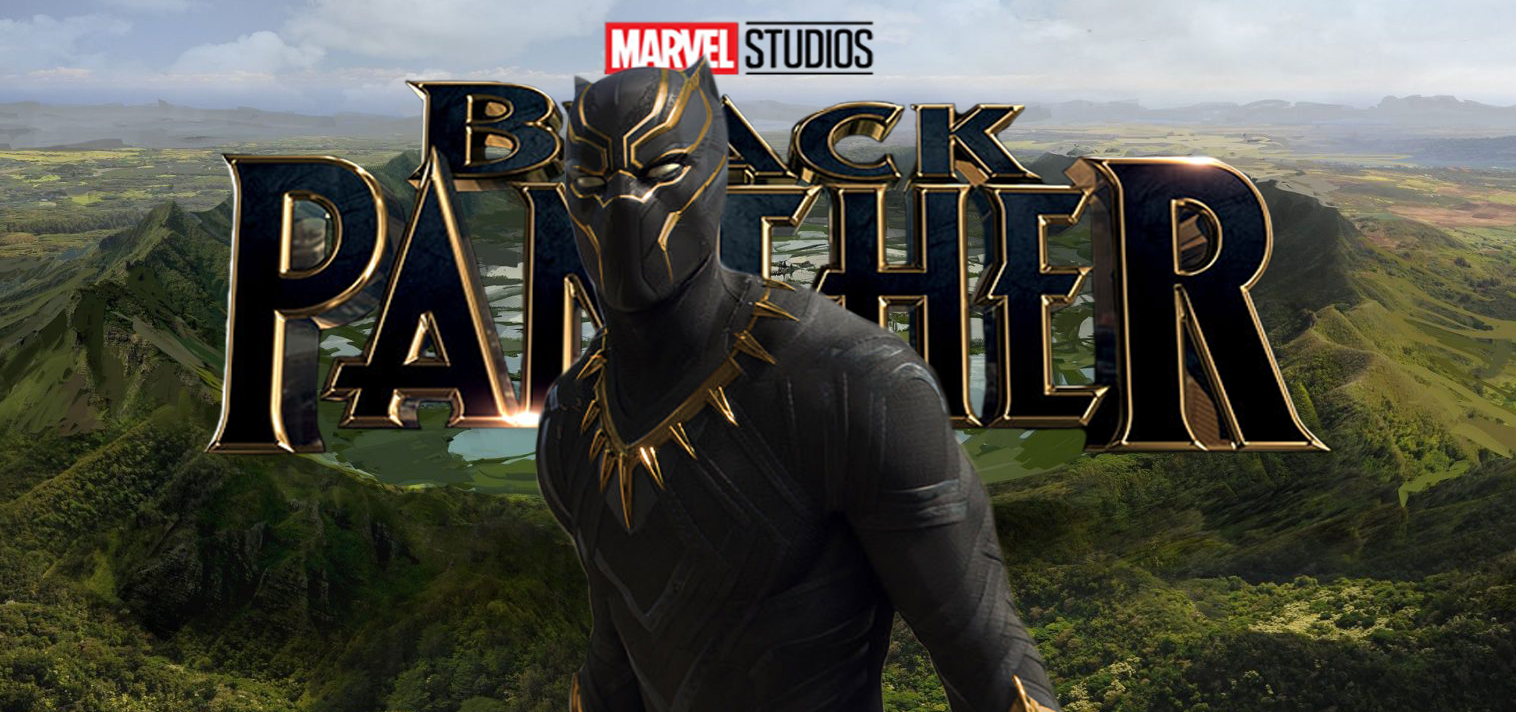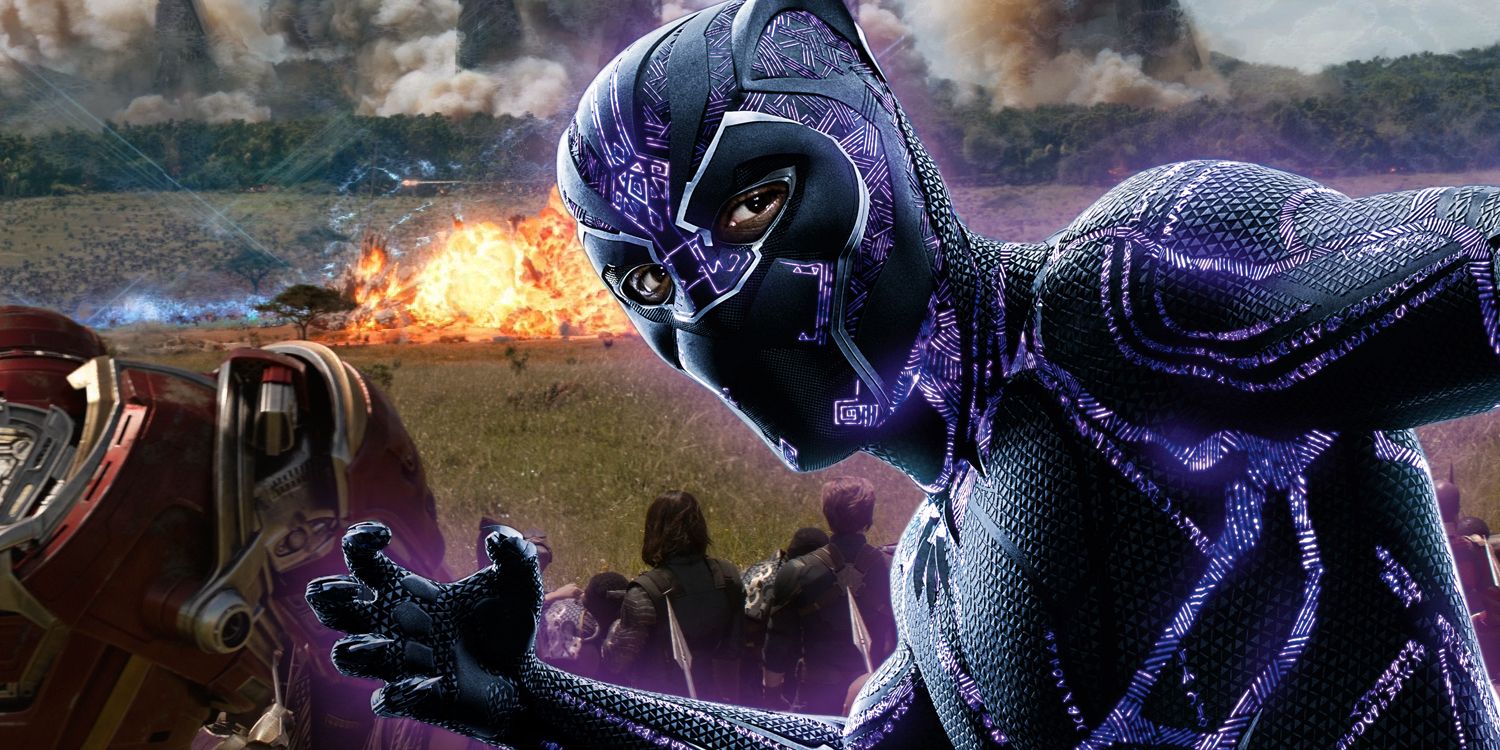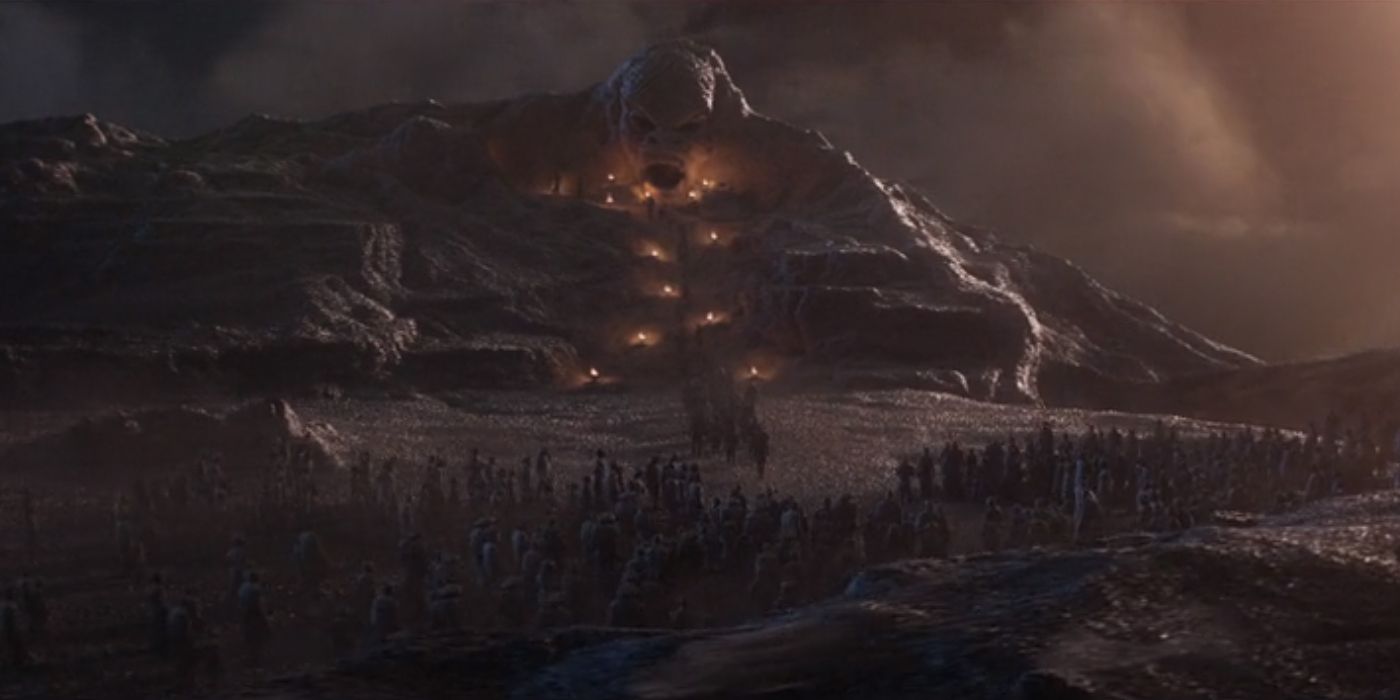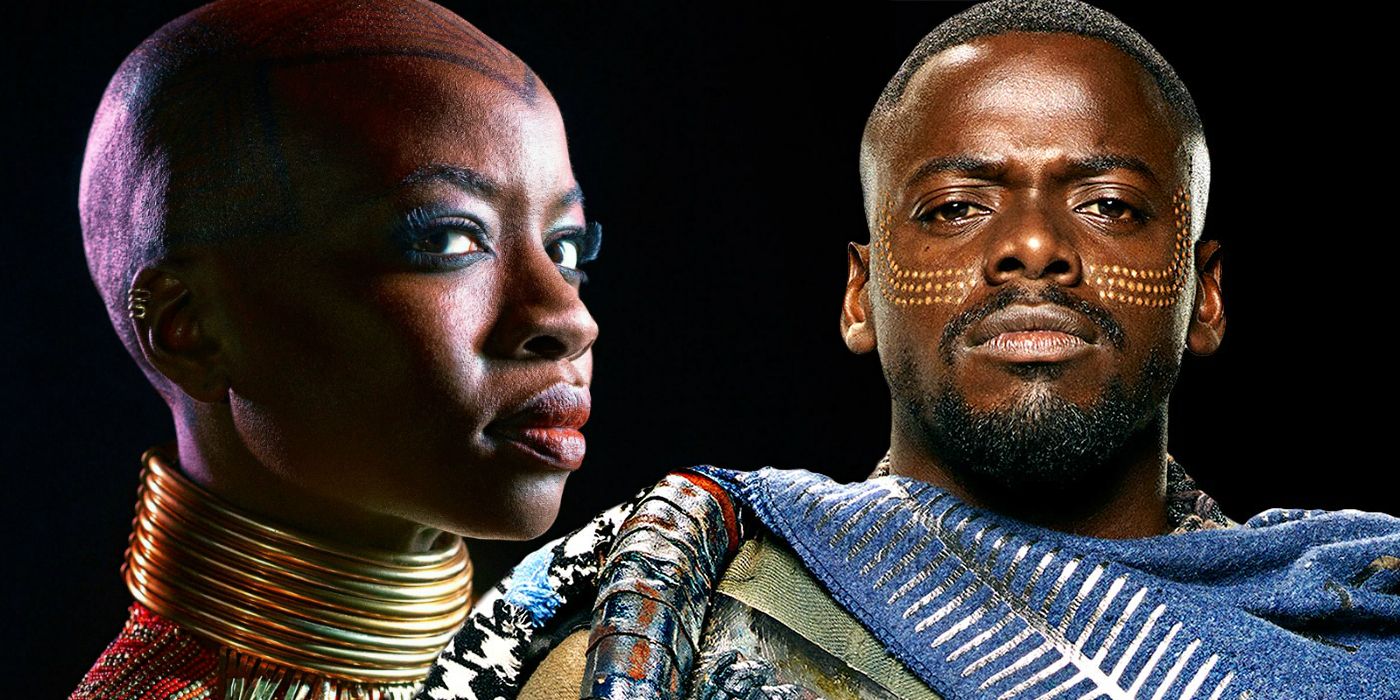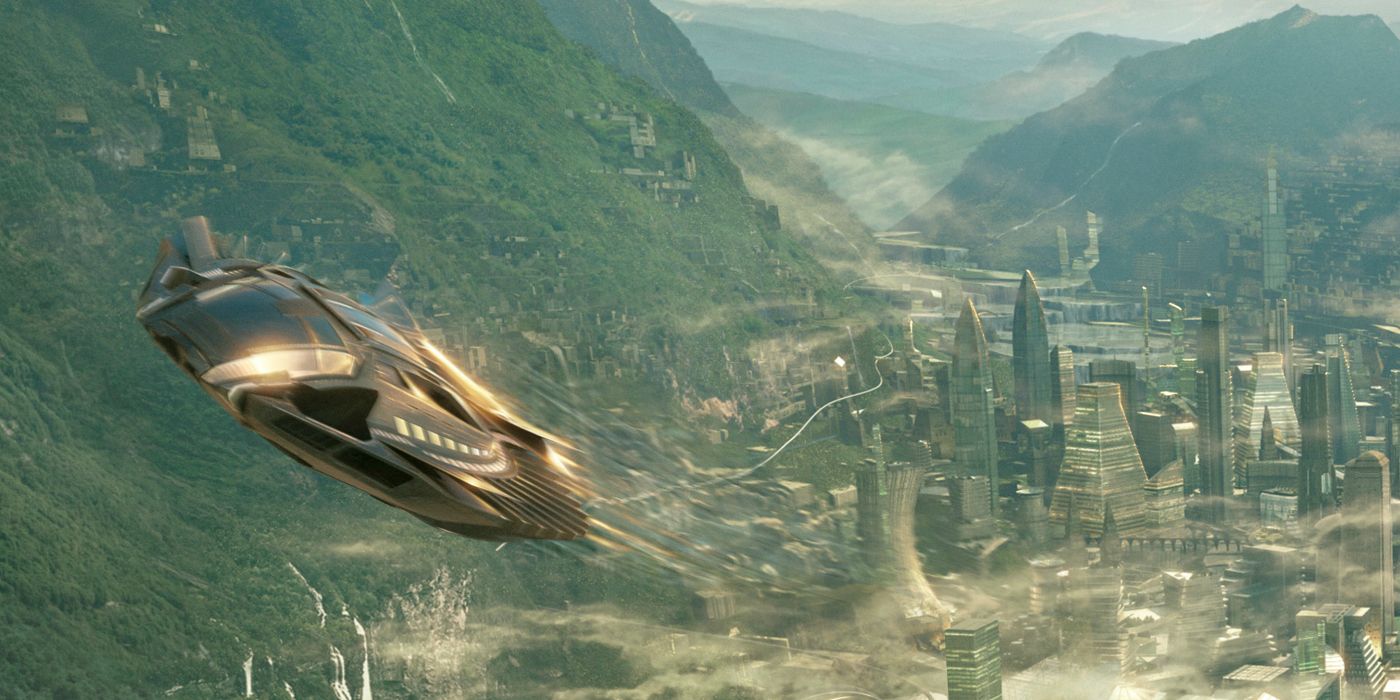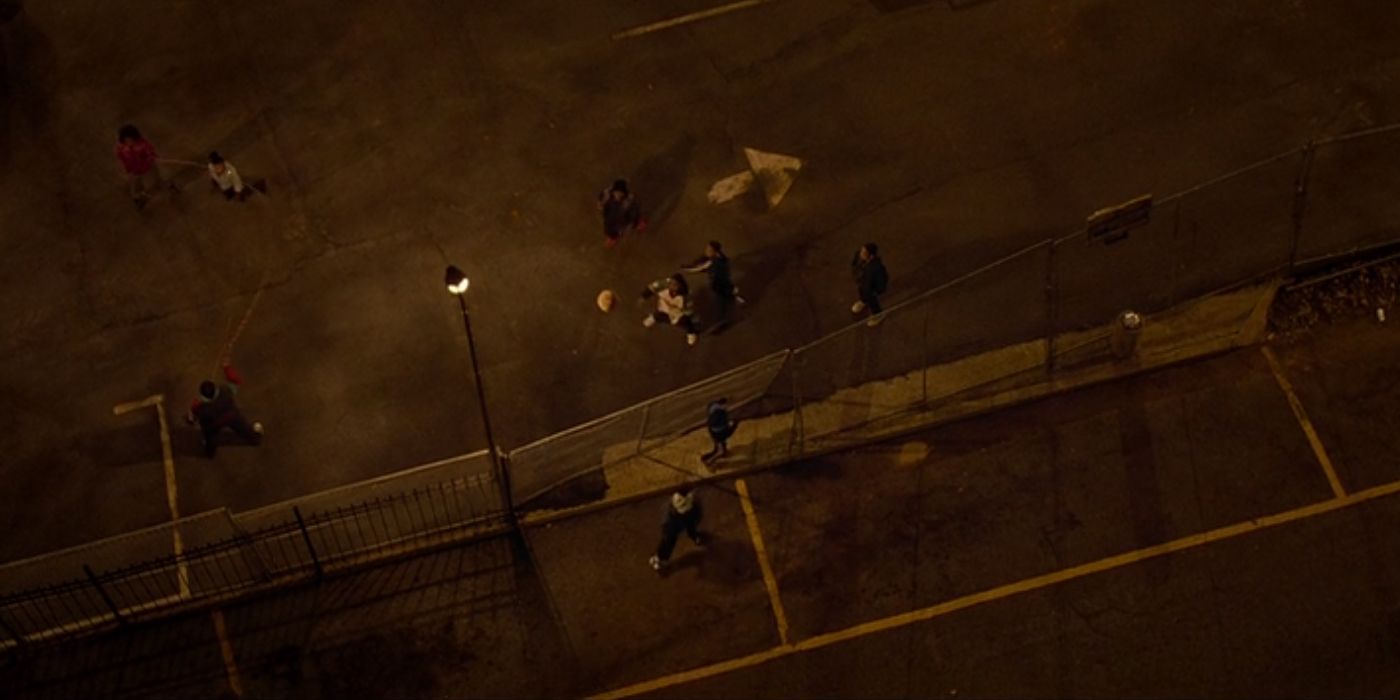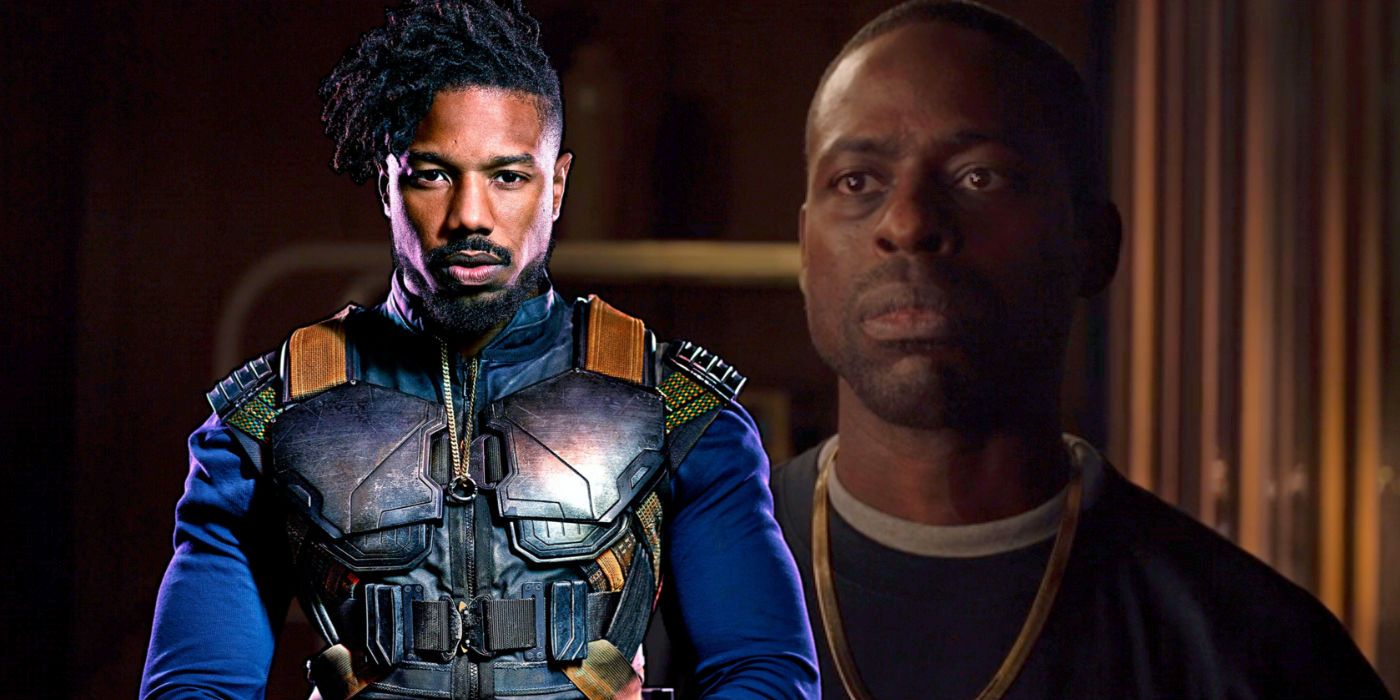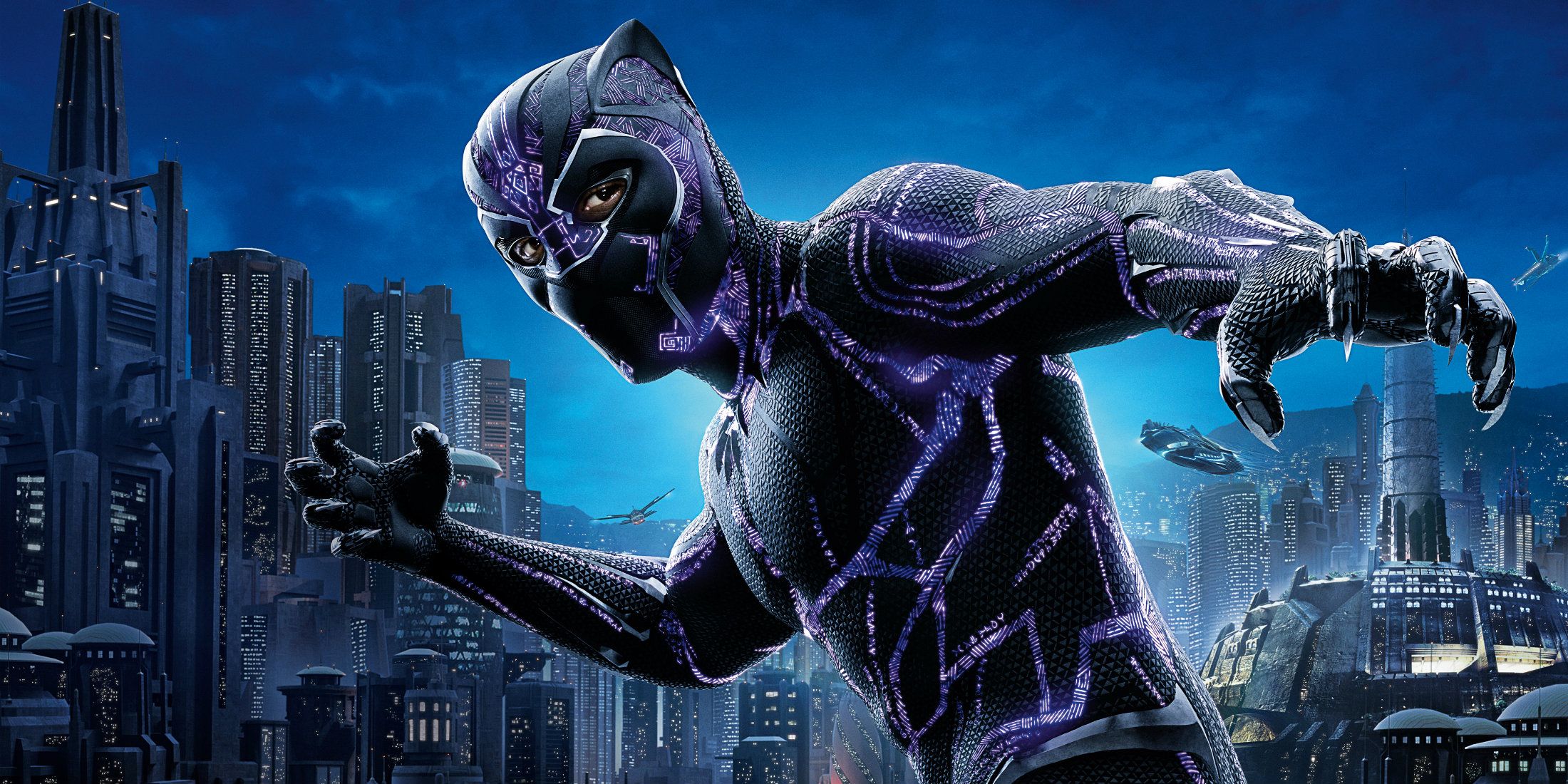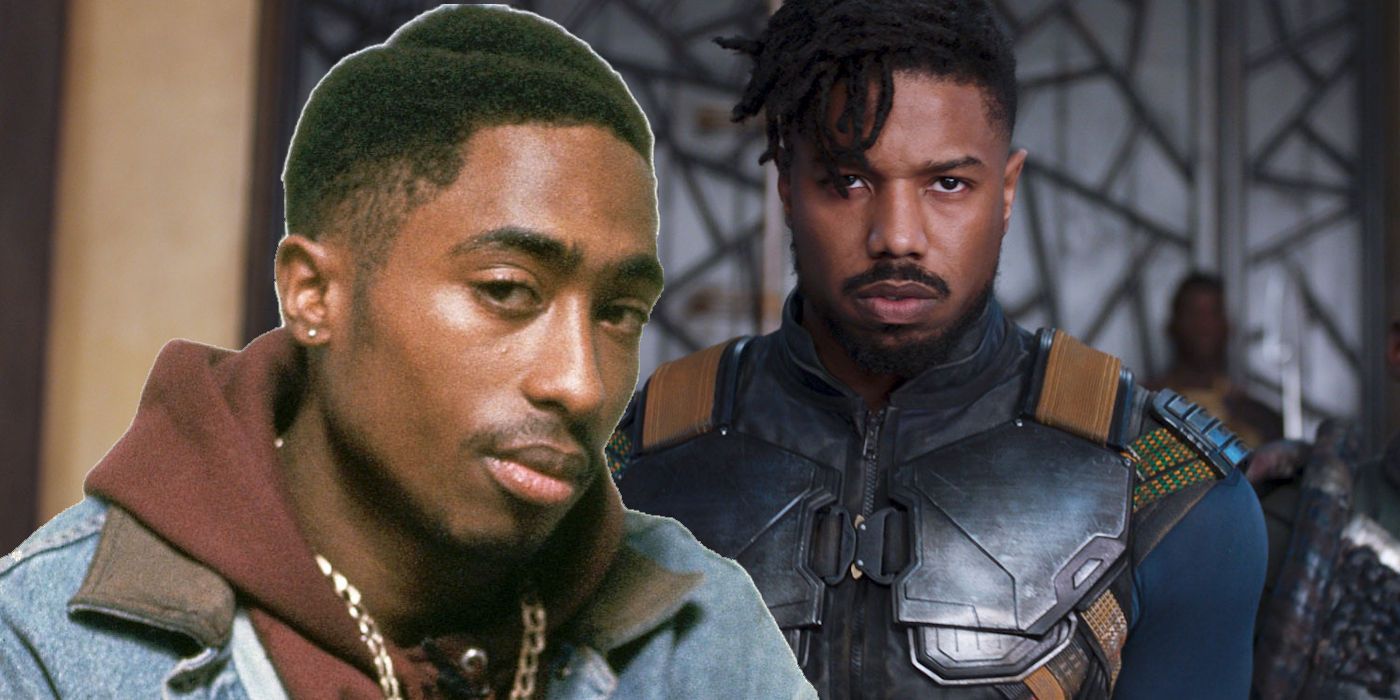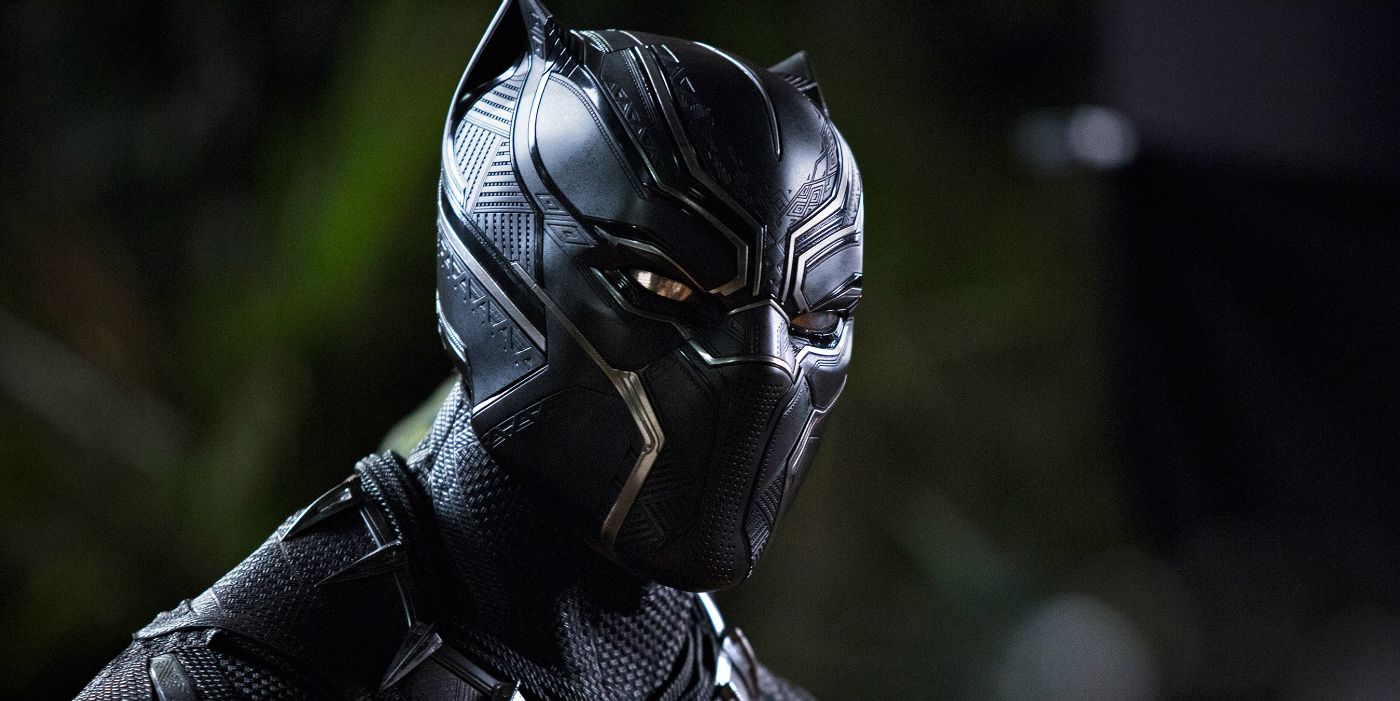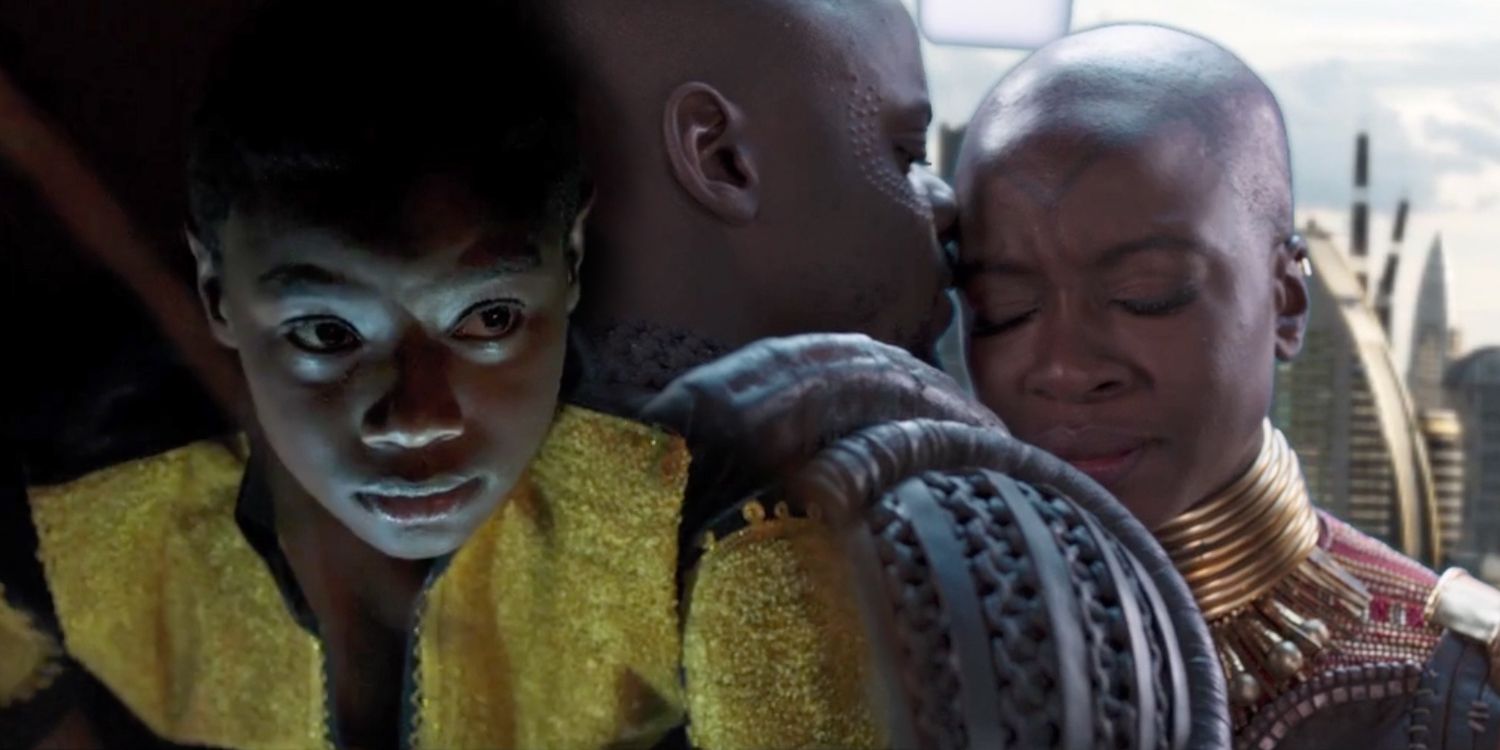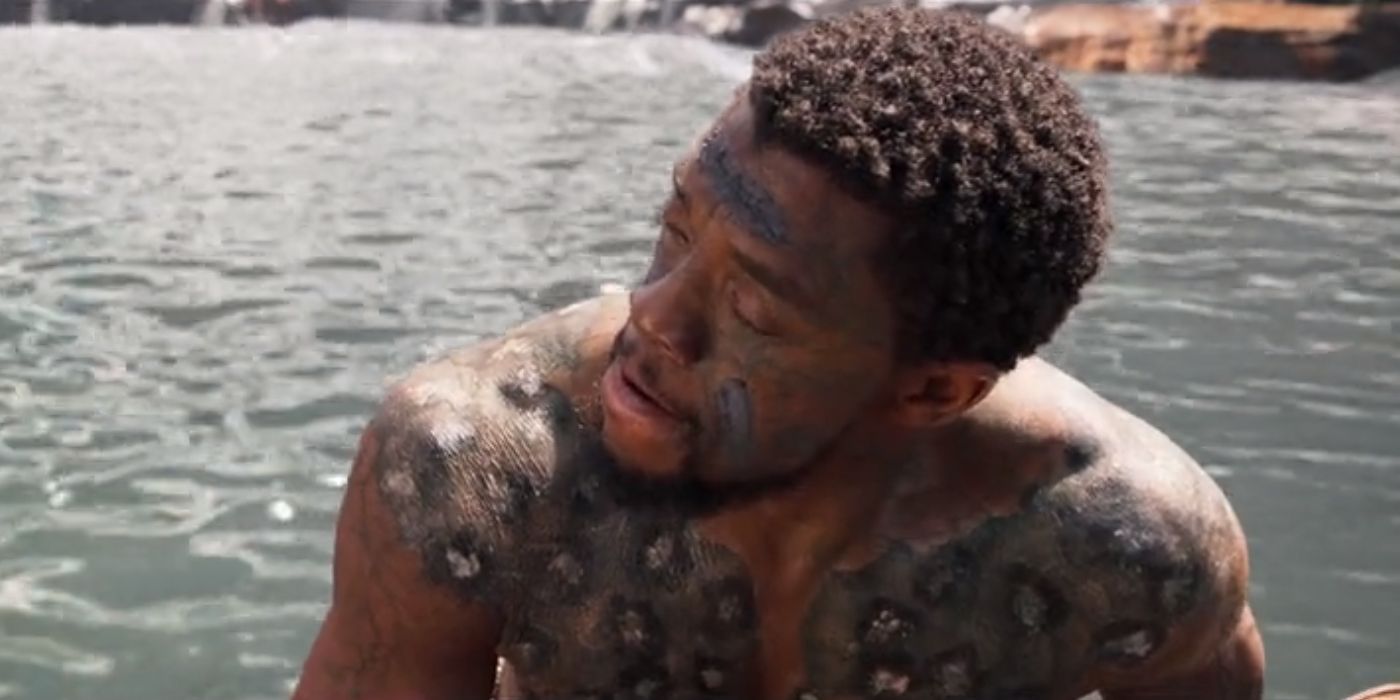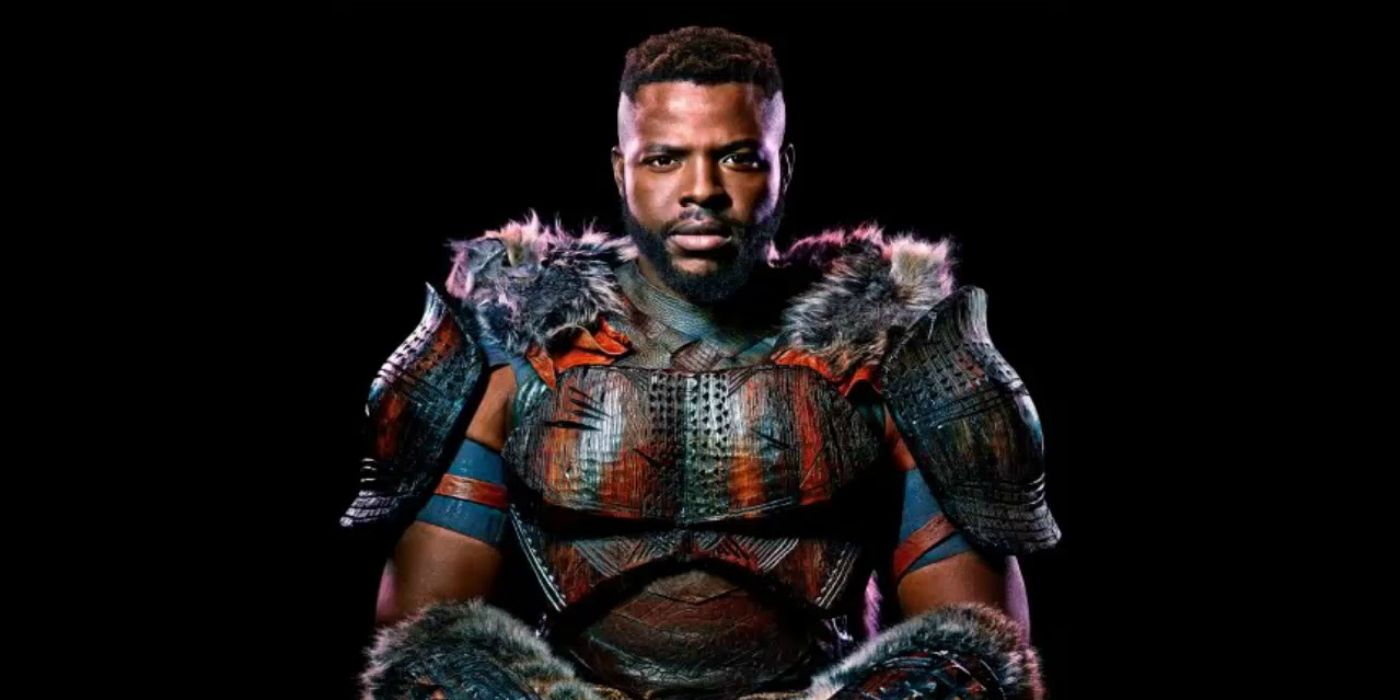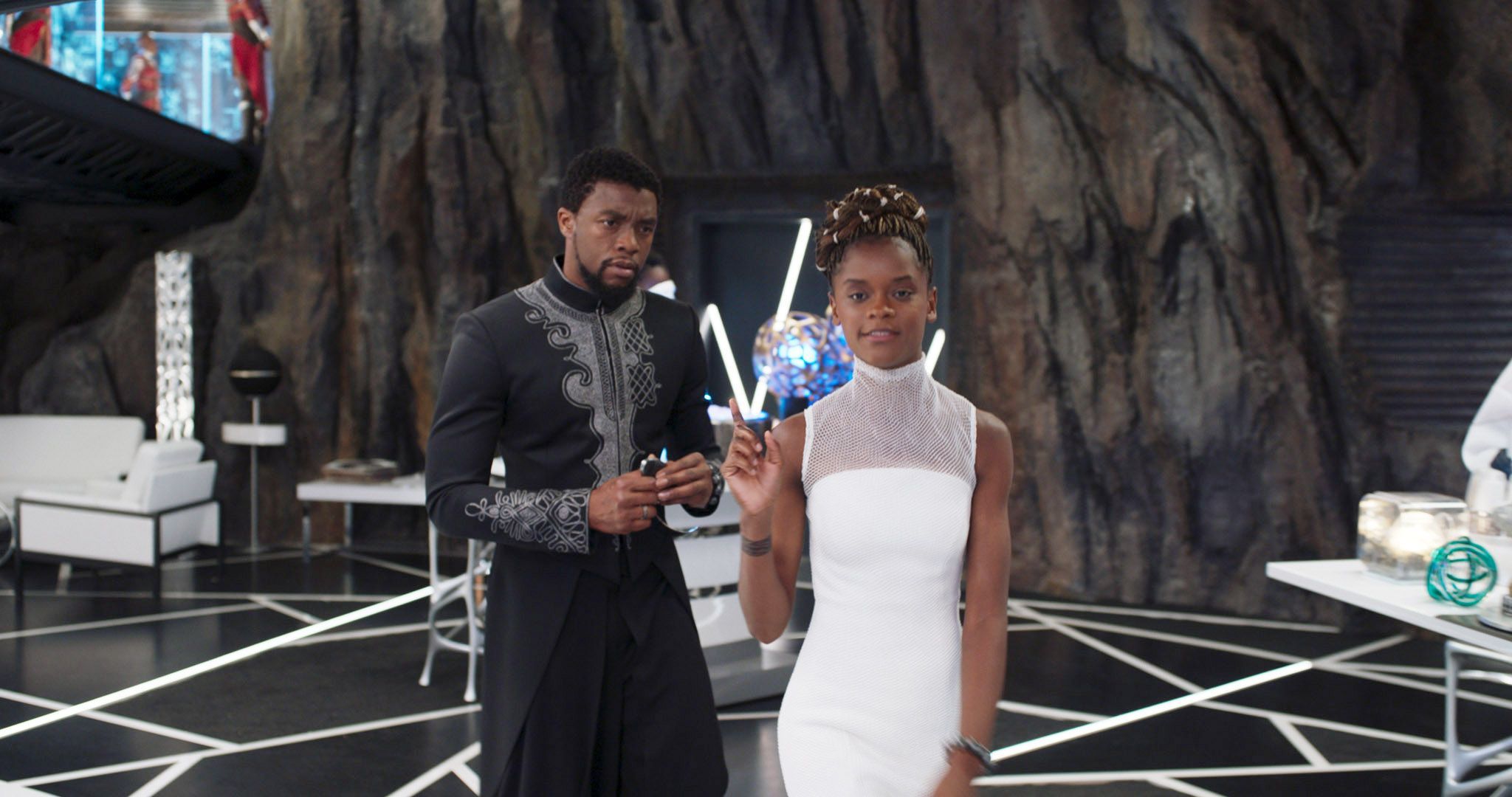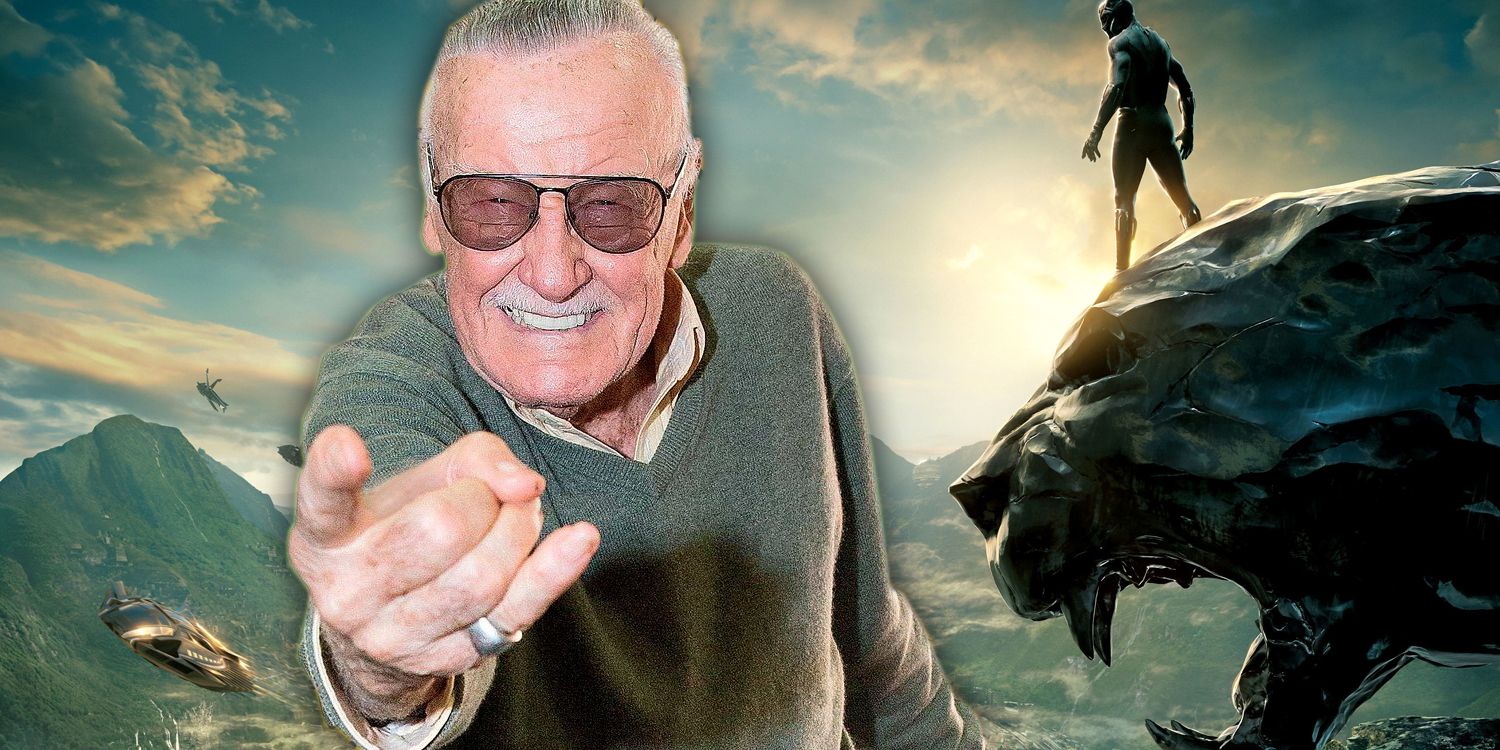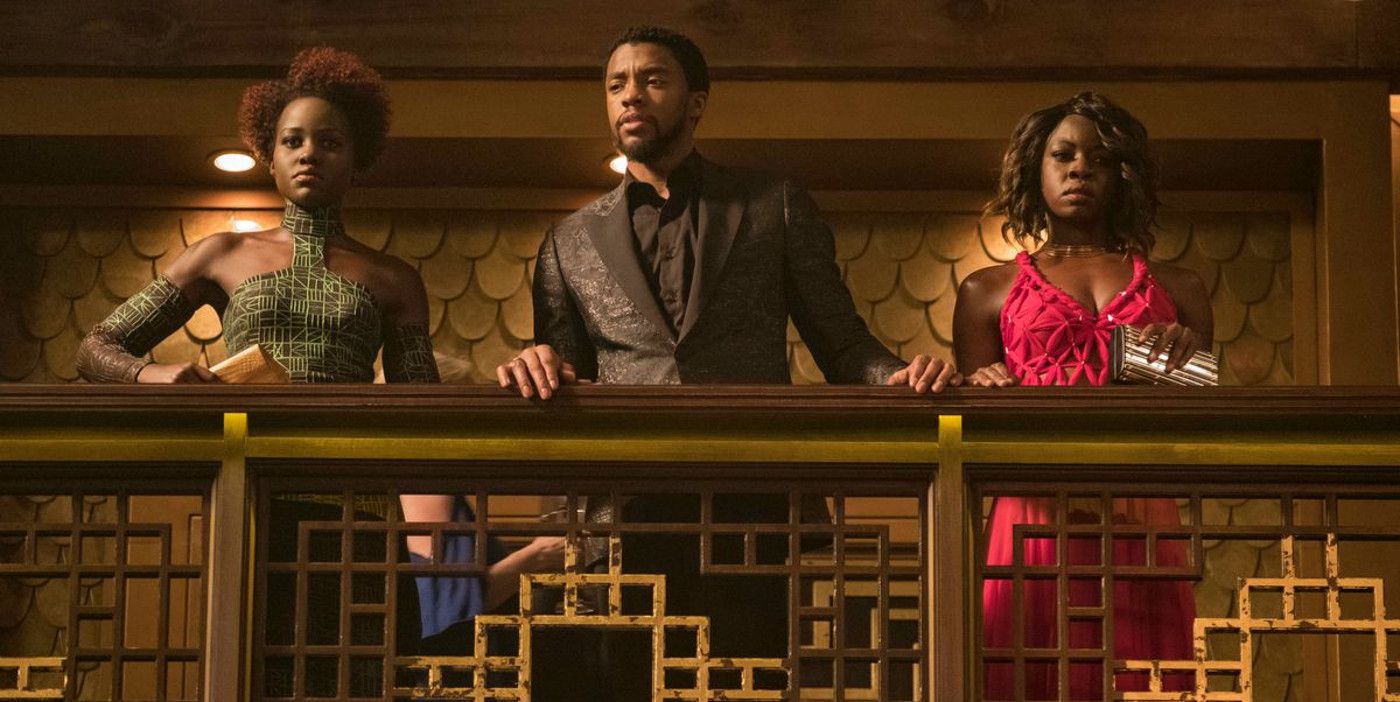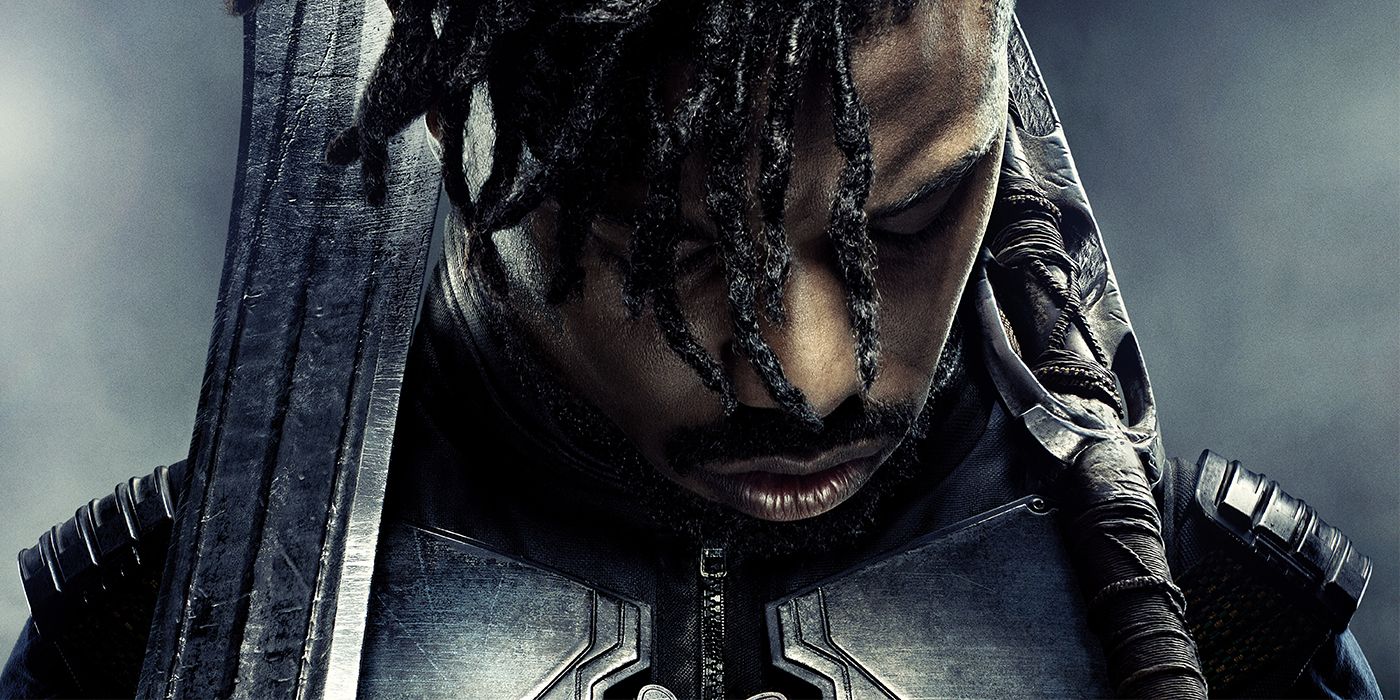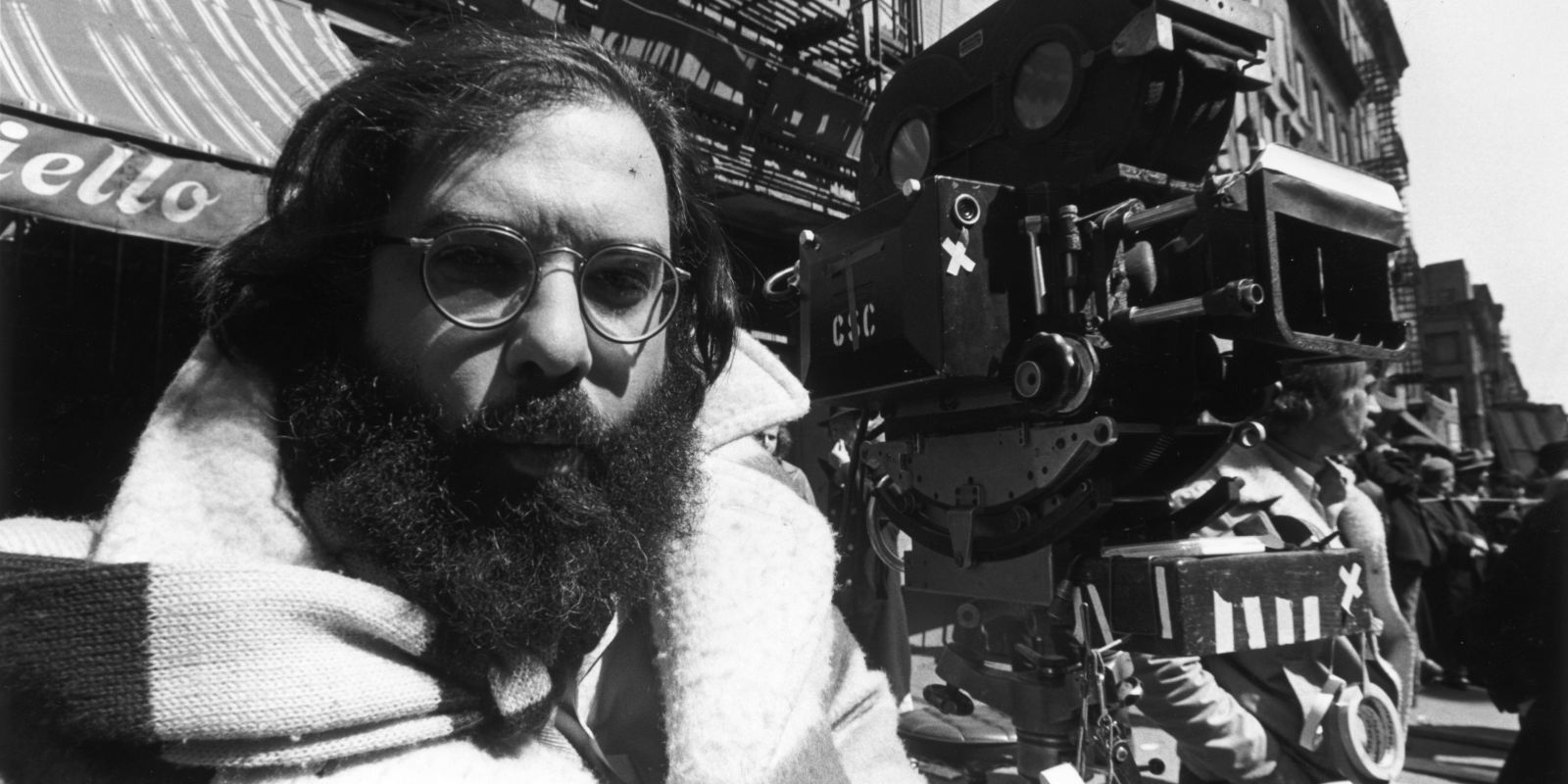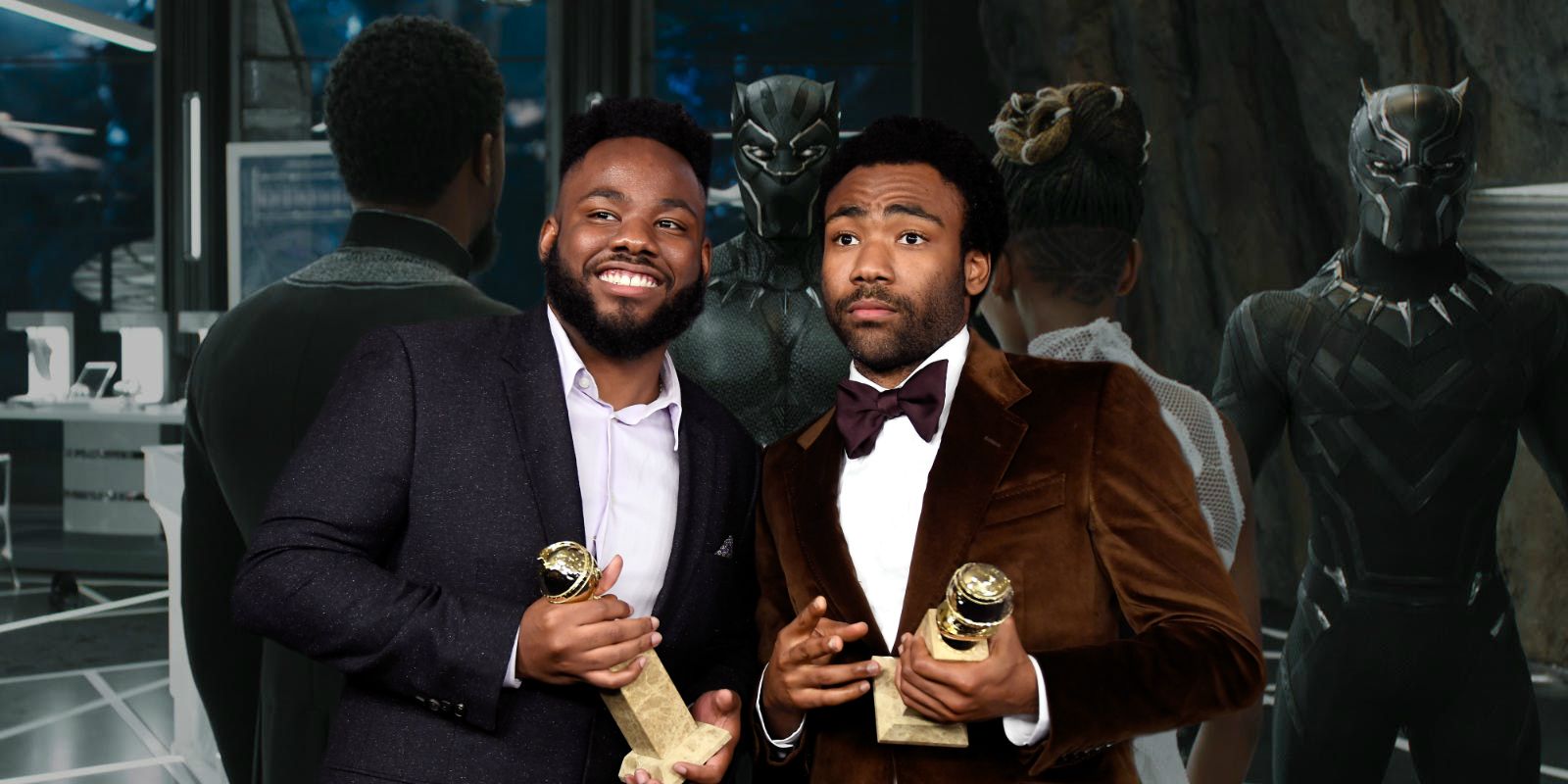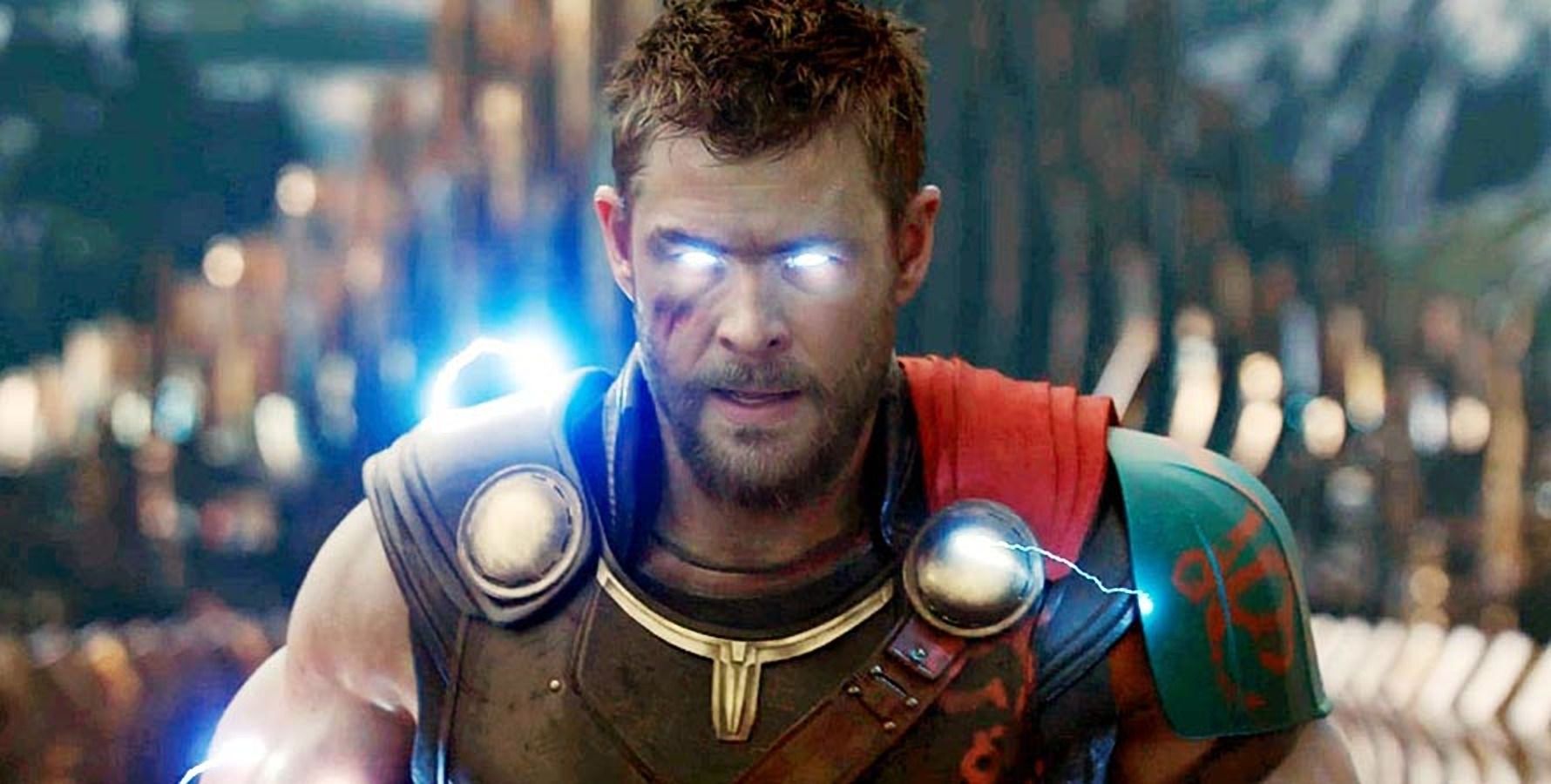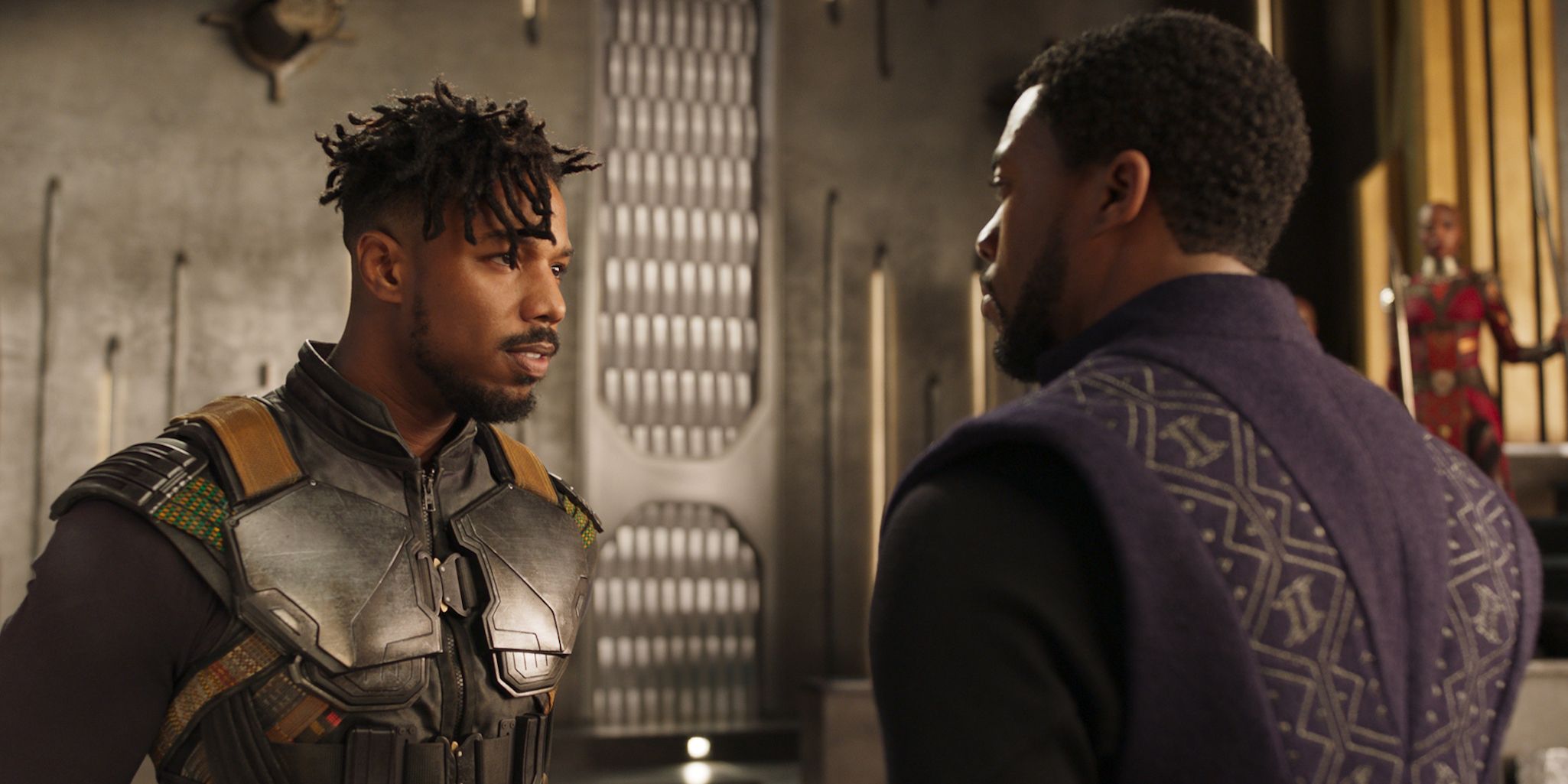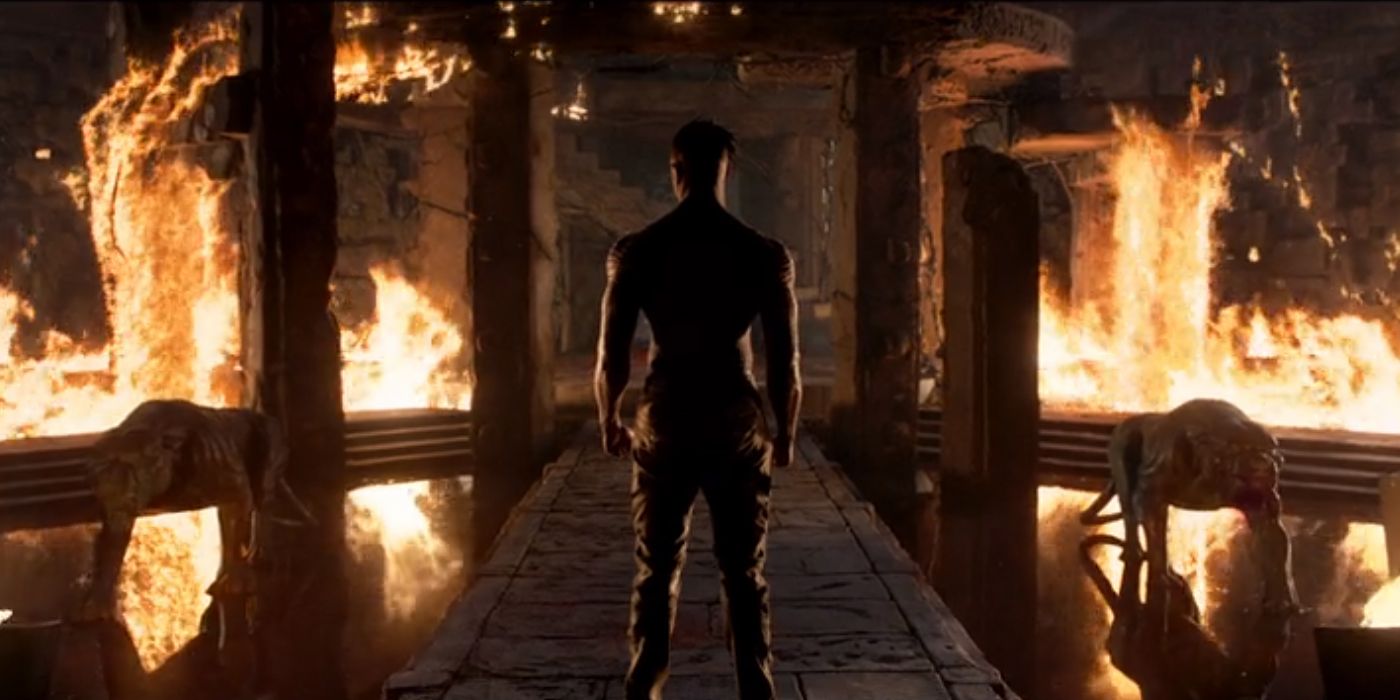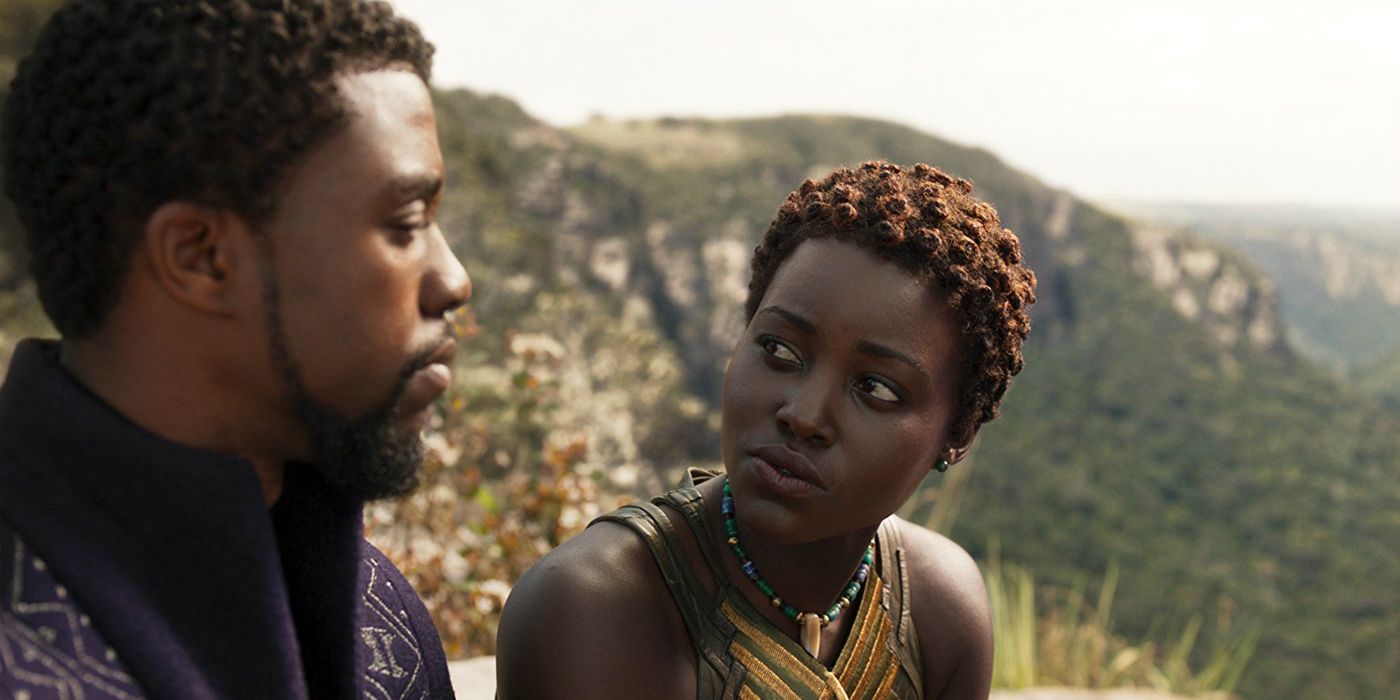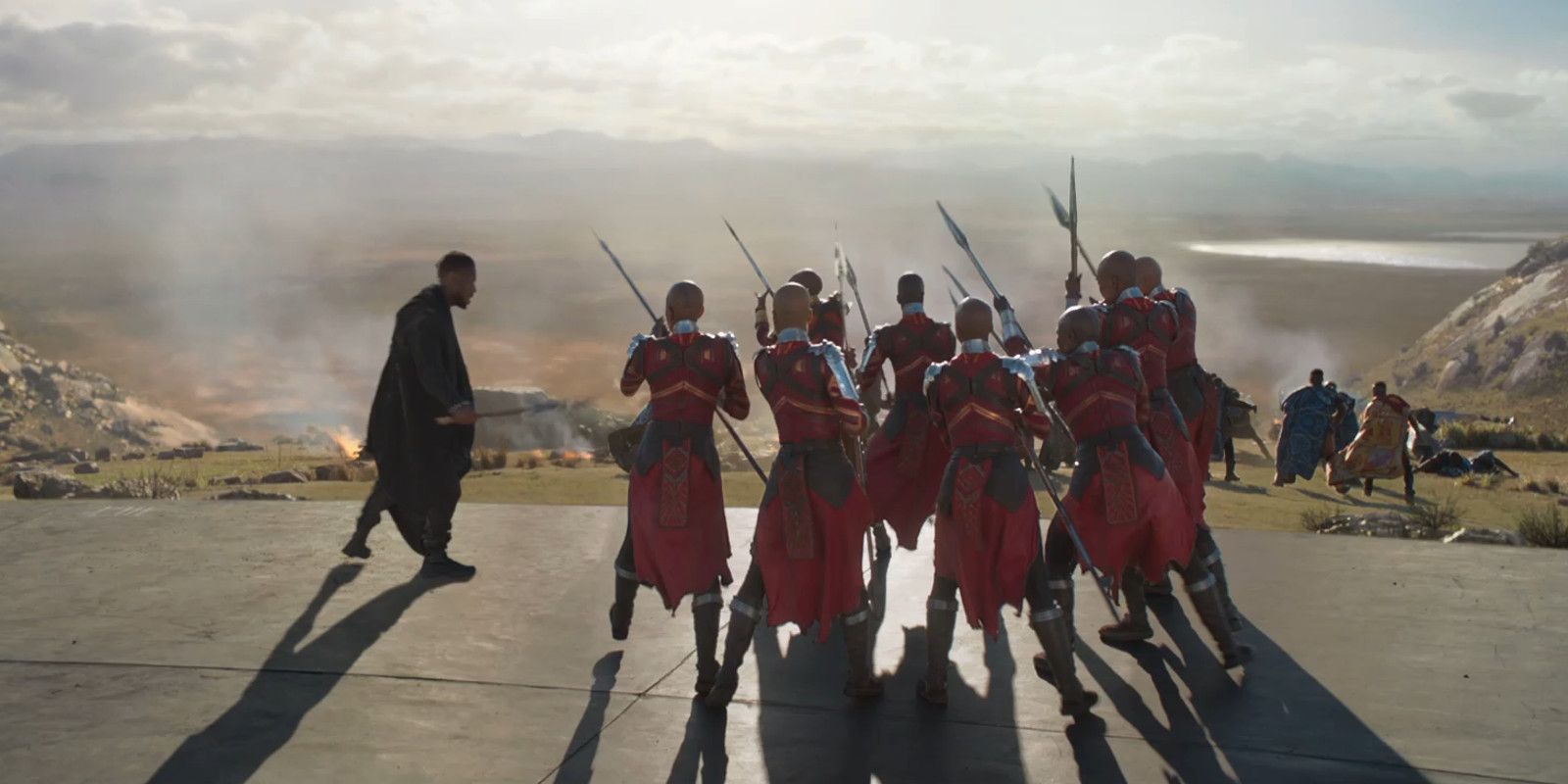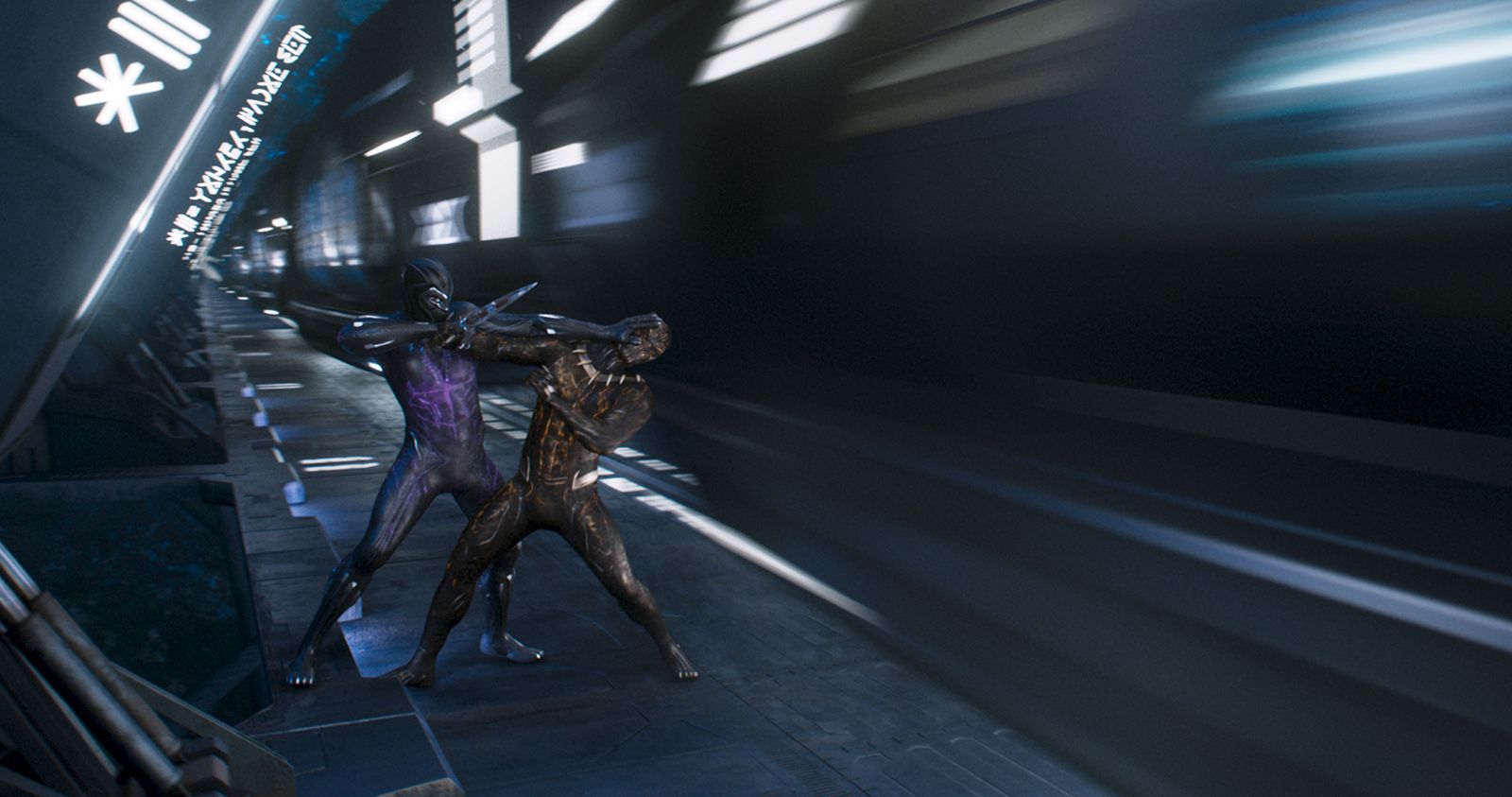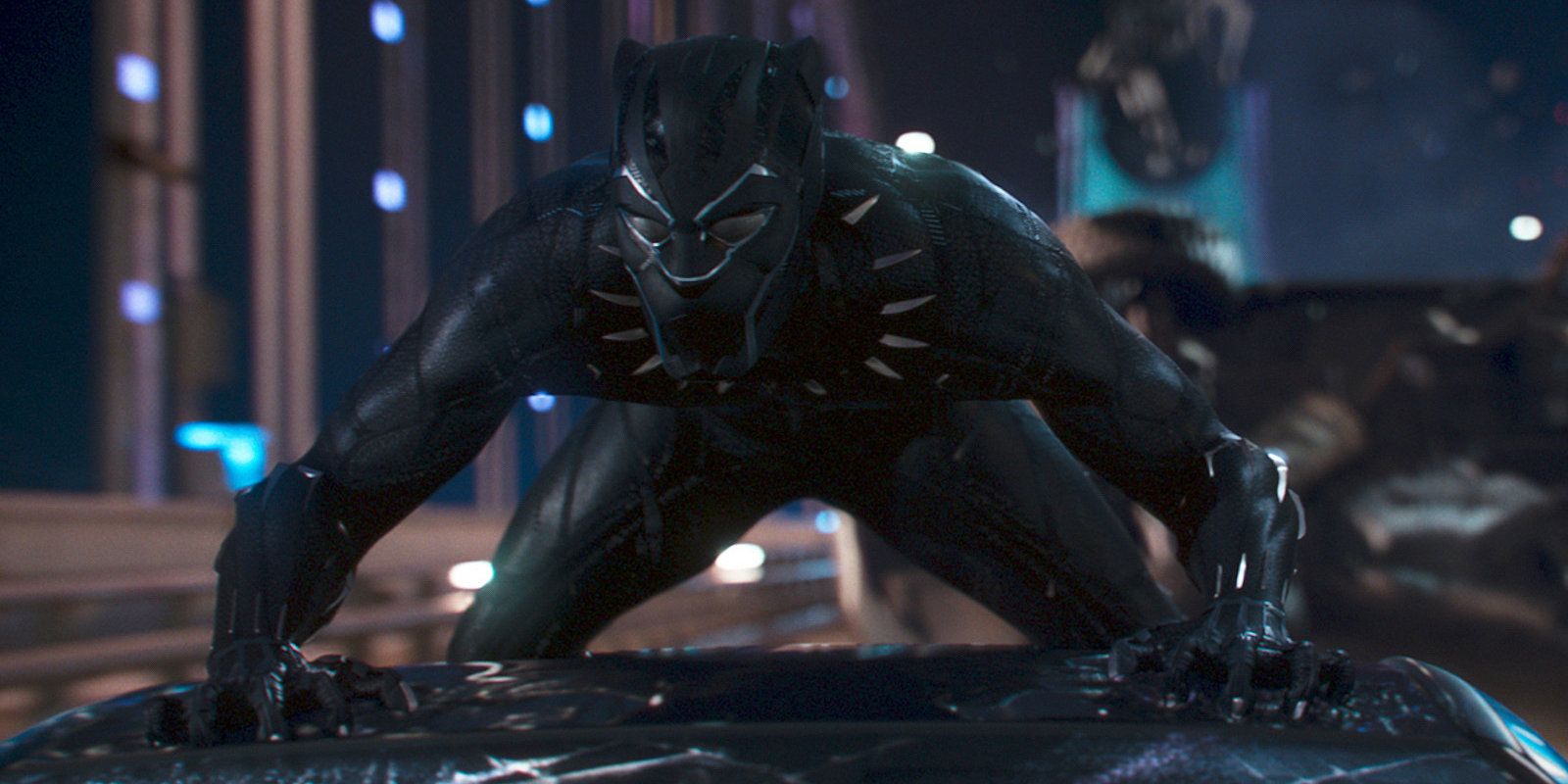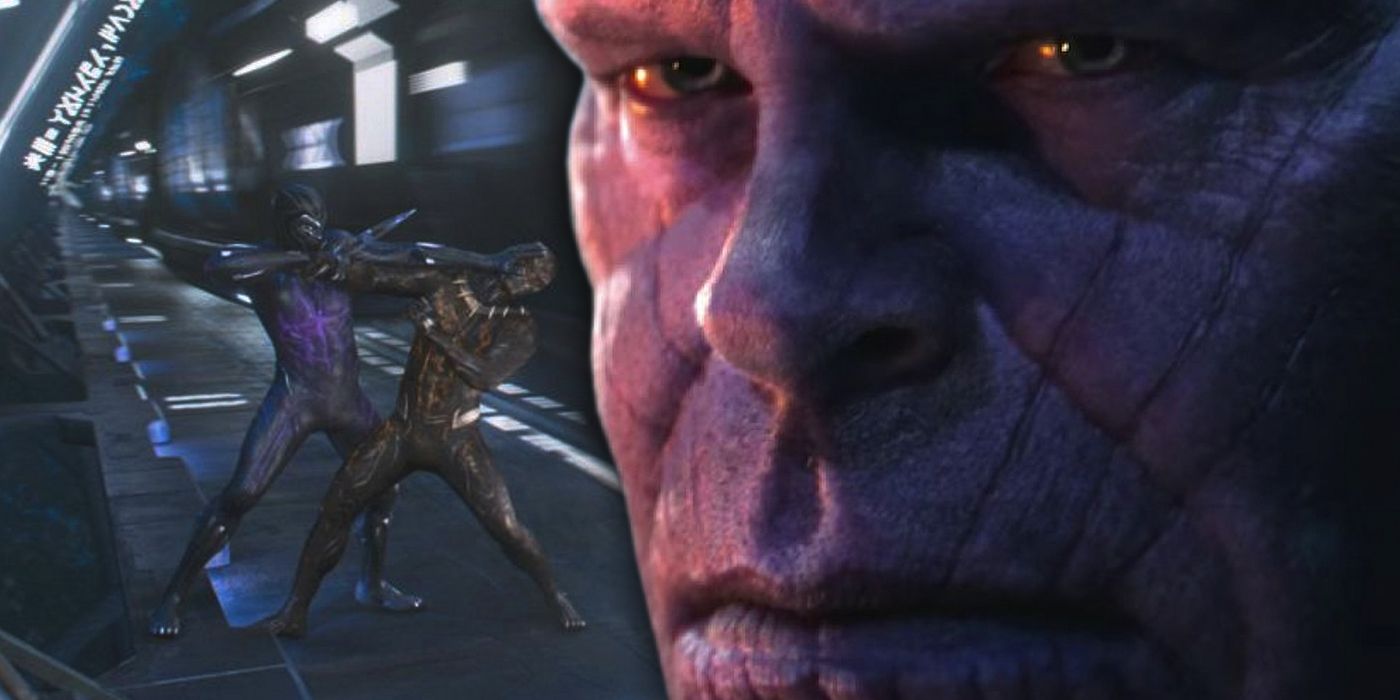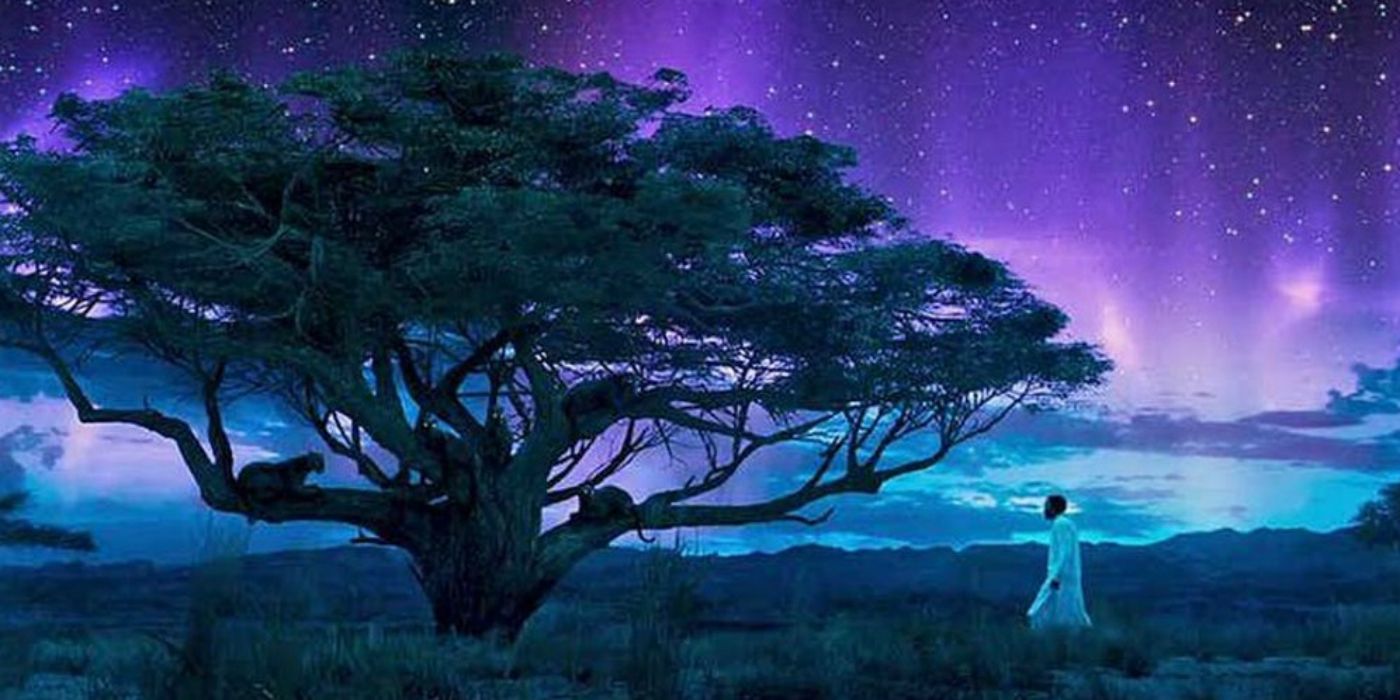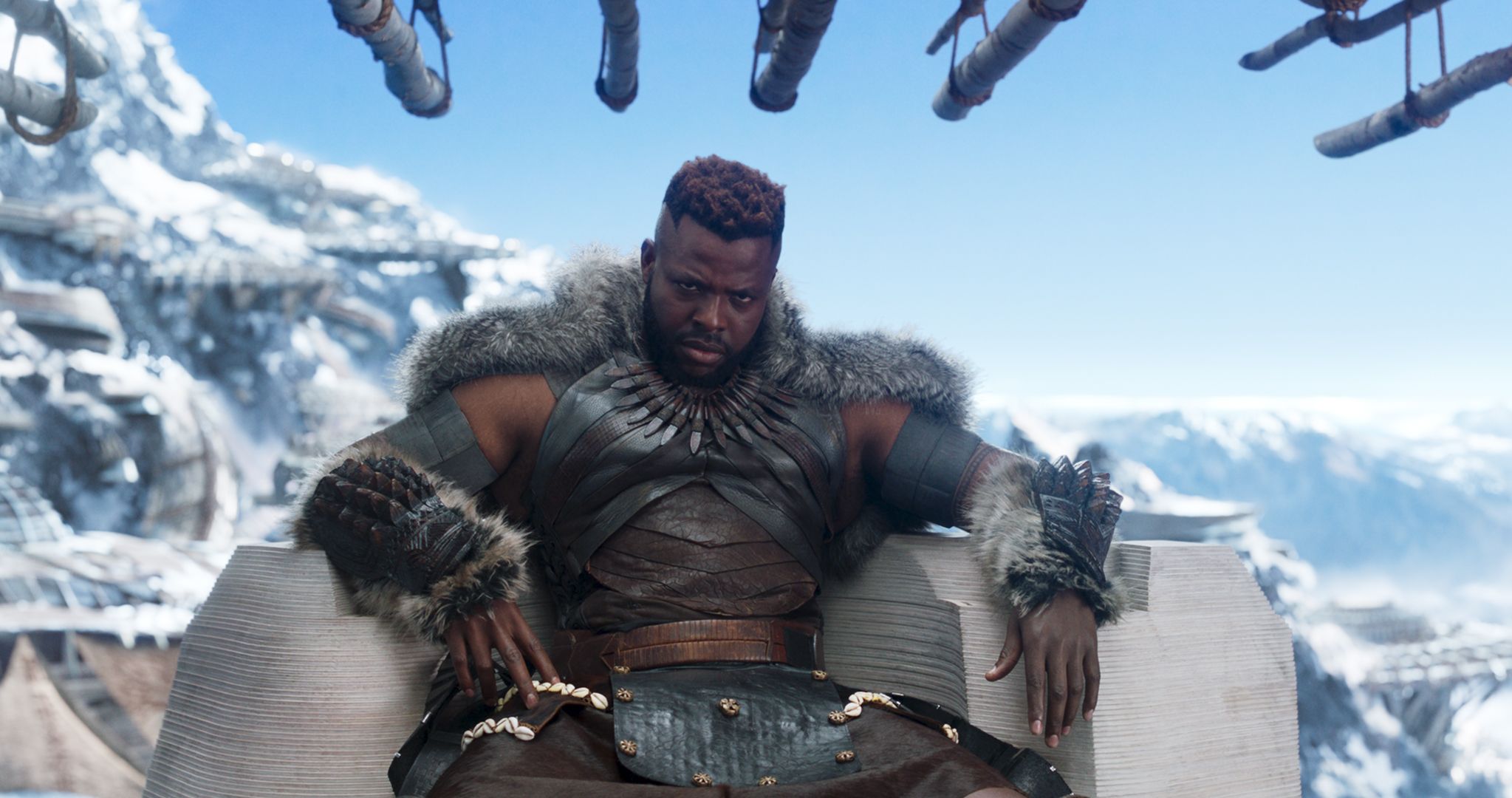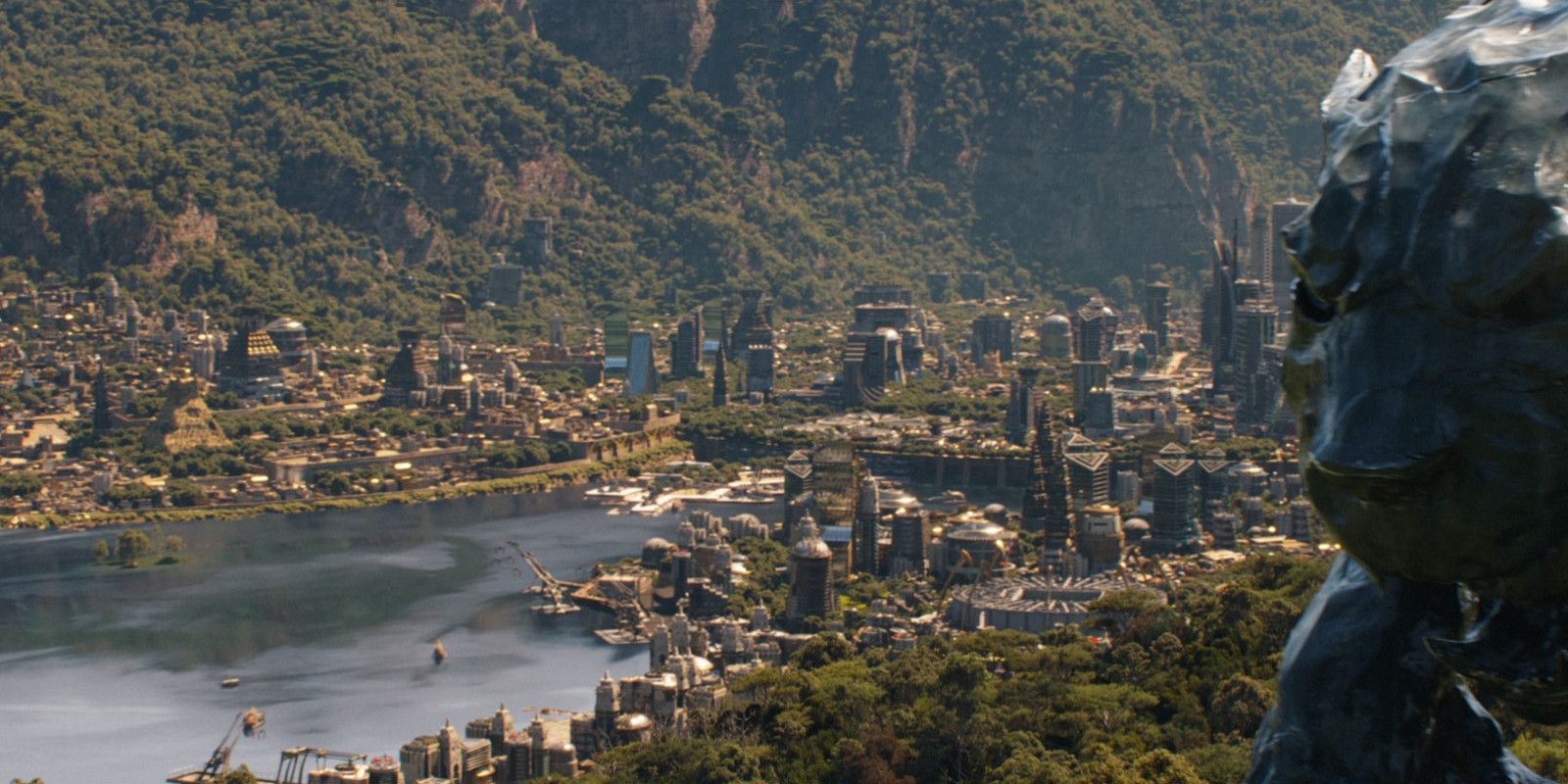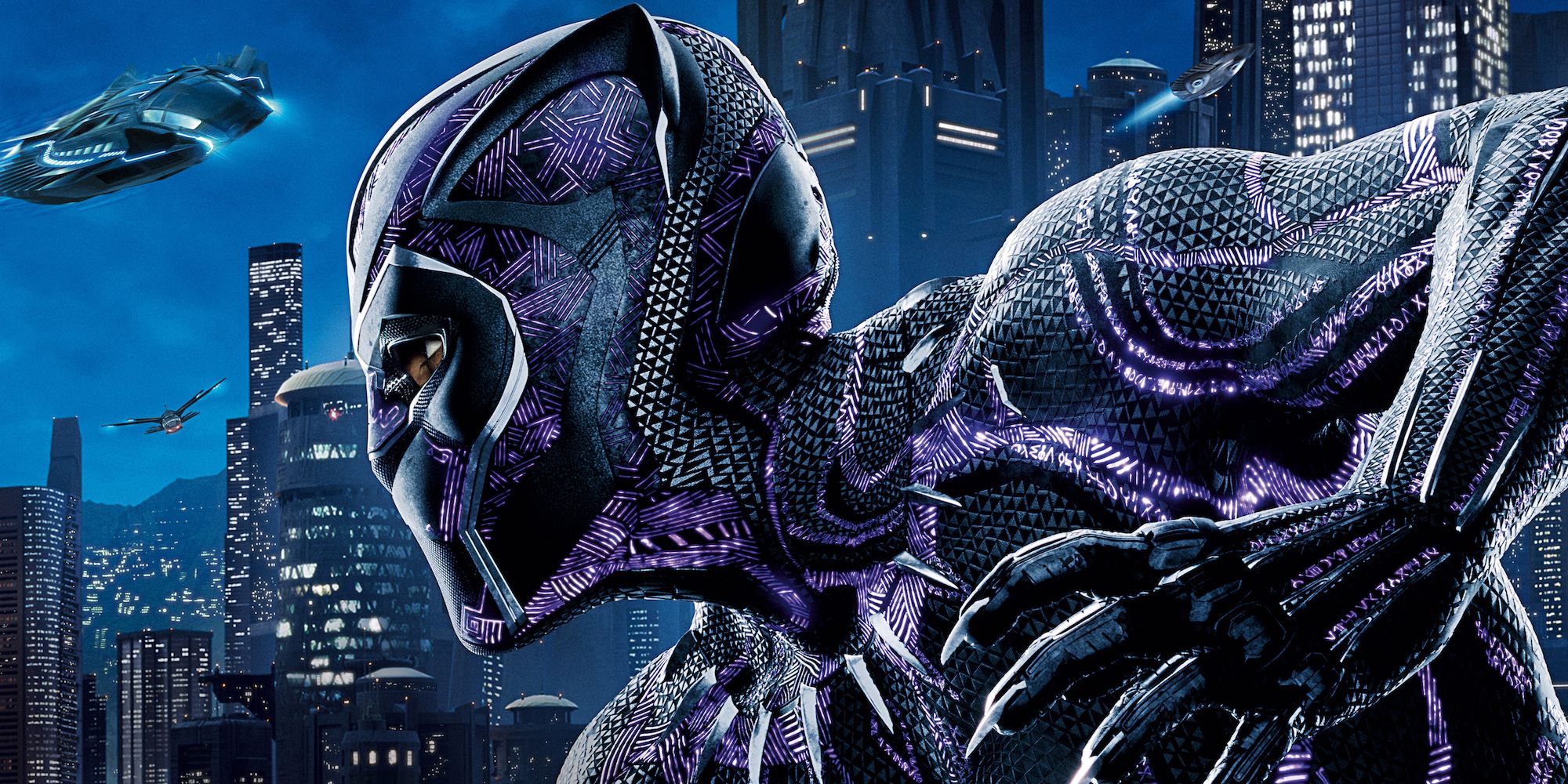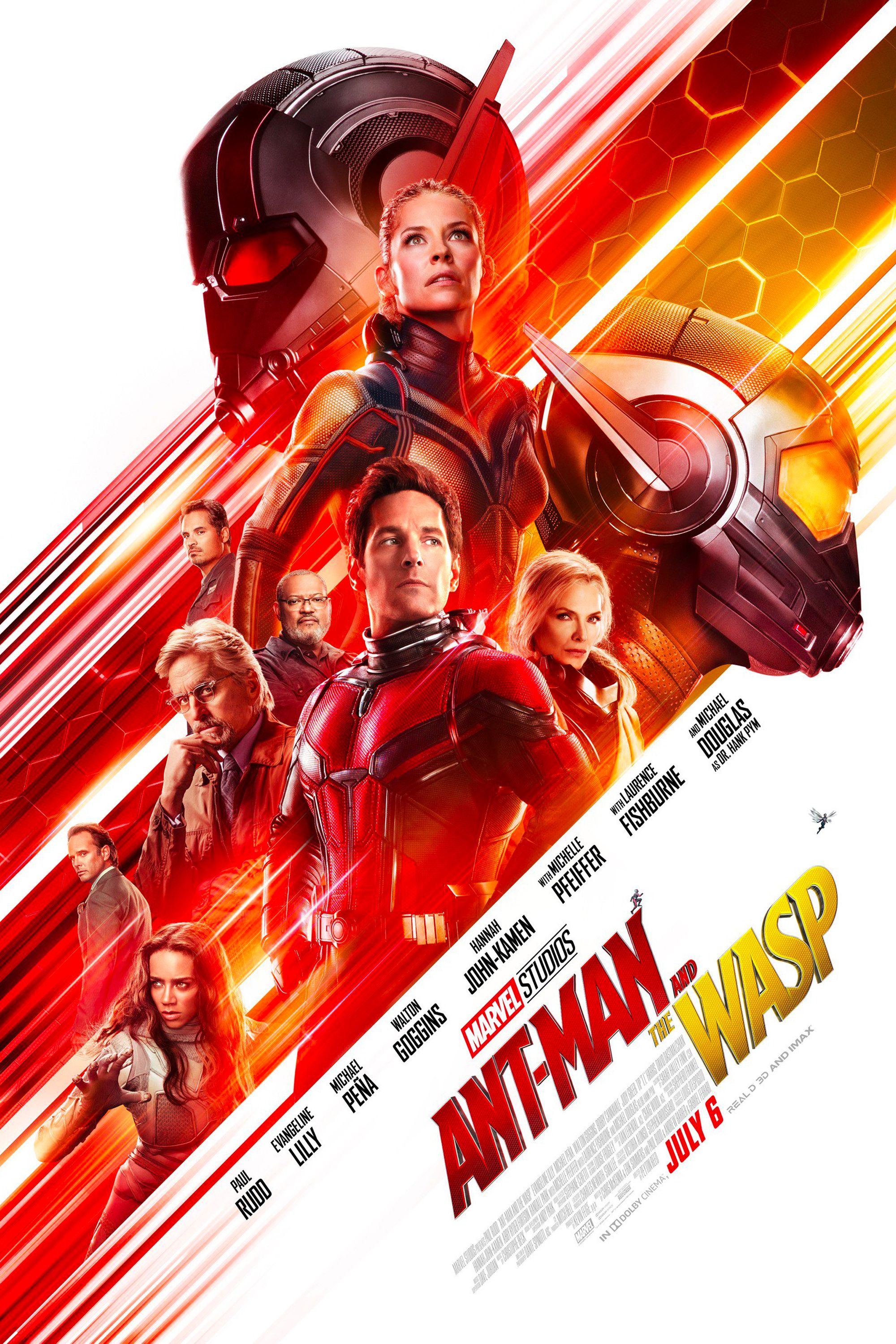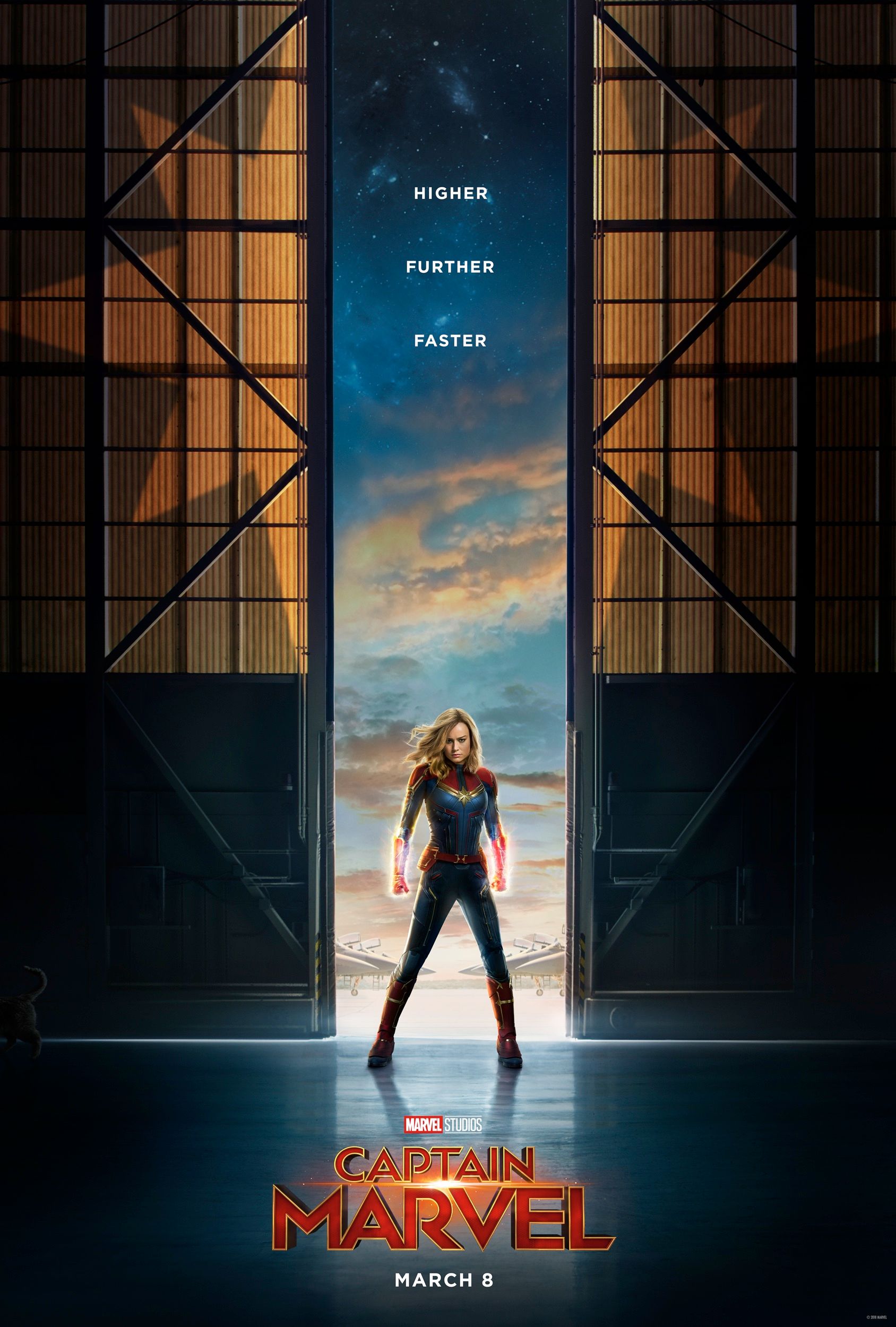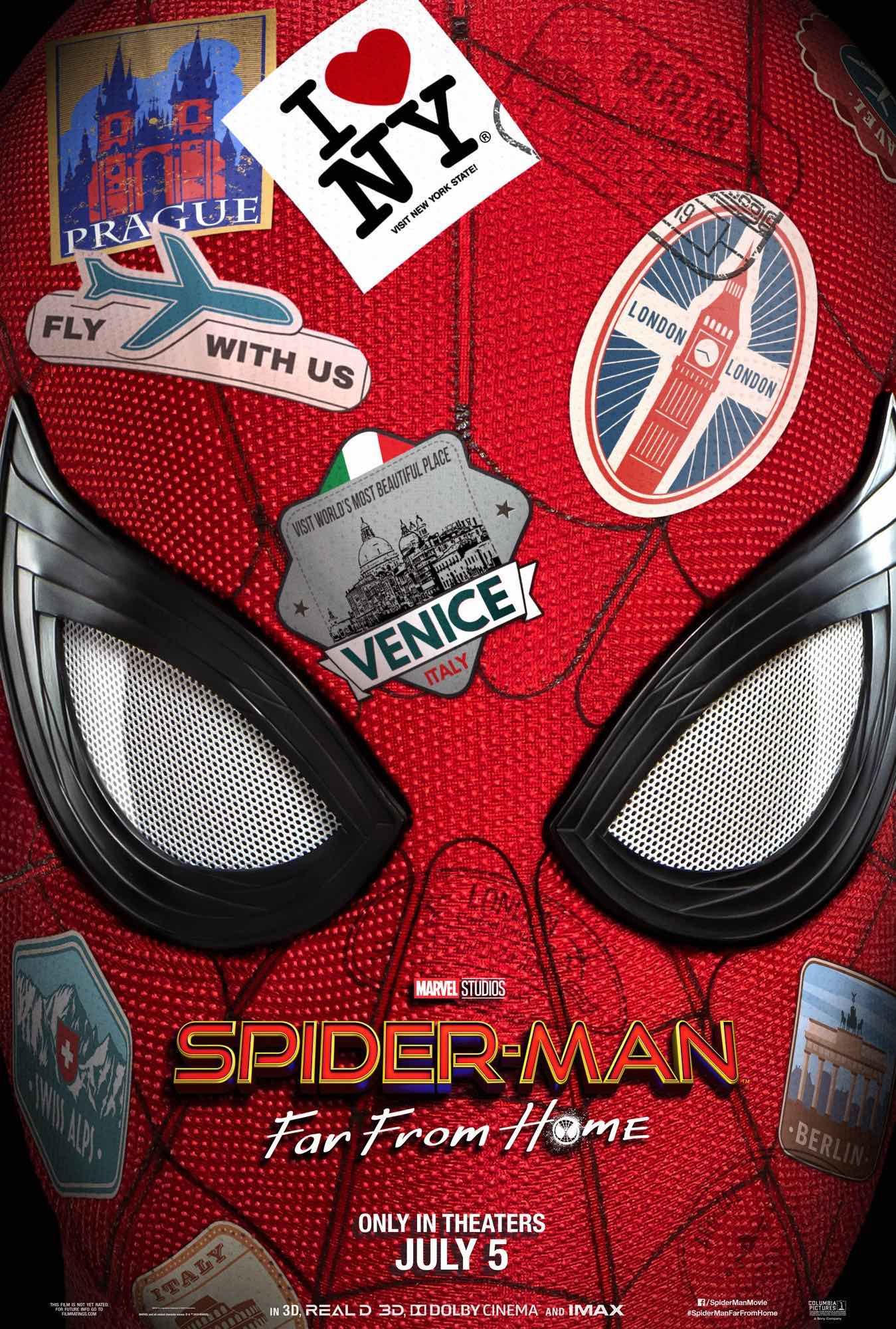The Black Panther home video release comes equipped with plenty of behind-the-scenes content and featurettes that reveal much more about the film, its characters, its story, and how it all came together after being stuck in development hell for 24 years. Considering just how well Black Panther performed - both critically and commercially - it seems that all the time spent developing the movie was well worth it.
While the creative team behind Black Panther managed to deliver a solid superhero movie that was different and fun for audiences at the same time, there's much more to the film that moviegoers might have initially overlooked. Several of the featurettes, as well as audio commentary from director Ryan Coogler and production designer Hannah Beachler, shed some light on the making of Black Panther, including various other details.
Related: Black Panther’s Success Hurts Avengers: Infinity War’s Final Act
Black Panther Prologue Almost Wasn't Included
The history of Wakanda and the Black Panther plays an integral role in the Marvel Cinematic Universe, and it's a lot to introduce to audiences without wasting too much time. So, the filmmakers decided to incorporate a prologue sequence, similar to a movie like The Lord of the Rings, that would cover all the necessary details. But that decision wasn't an immediate one. The Black Panther prologue sequence that introduces Wakanda, the five tribes, and the first Black Panther, Bashenga, almost wasn't included in the film.
Related: Black Panther Deleted Scene Confirms Okoye & W'Kabi Are Married
The Black Panther Bible Was 515 Pages
In filmmaking (and in television), a bible is essentially a guidebook that a creative team abides by throughout production, which is usually written by the production designer. Considering the Black Panther character's expansive history and the fact that the creative behind the film were establishing a new world in the Marvel Cinematic Universe, Hannah Beachler said she created a bible that was a whopping 515 pages long, but the one Ryan Coogler had in his office was about 300 pages.
Martin Luther King, Jr.'s Daughter 'Blessed' The Film
The vast majority of MCU movies have filmed in Atlanta, GA, over the past few years, with many locales being either rebuilt on sound stages or designed to look like they were filmed elsewhere. For instance, the Oakland sequence in Black Panther was actually filmed in Atlanta, which isn't interesting in and of itself. But what is interesting is that it was filmed across the street from where Martin Luther King, Jr. is buried, and Dr. King's daughter even visited Black Panther's set and "blessed" the project, which Ryan Coogler was very appreciative of.
Every Character In Black Panther Is Color-Coordinated
Color-coordination plays an integral role in the Black Panther movie, from the first scenes in Oakland all the way till the end. Throughout the movie, T'Challa and his father, T'Chaka, are seen wearing black because they are/were the Black Panthers. The same applies to the film's supporting characters; Okoye wears red since she's the general of the Dora Milaje, whereas Nakia wears green due to her connection with the Earth. Then, Killmonger (and his father, N'Jobu) wear blue since that color represents colonization, something that is at the core of their characters' backstories and motivations. Zuri is also seen wearing purple throughout the film, even in the Oakland scene.
Related: Black Panther's Costume Was Almost A Different Color
Killmonger's Costume Was Partially Inspired By Tupac
One of the many things audiences will notice in Black Panther's Oakland sequence is that all three men in the room are wearing a gold necklace, with N'Jobu wearing a herringbone necklace. That necklace was inspired by Tupac, according to Ryan Coogler, since the famed rapper would wear those quite often in the early 1990s, which coincides with the Oakland scenes taking place in 1992. And because his father wore the herringbone necklace, Killmonger did as well, which can be seen throughout the movie.
Another Black Panther Deleted Scene Revealed
There are four deleted scenes from Black Panther that have been made public, of which all four come with the digital HD and Blu-ray releases, but one extra scene was revealed by Ryan Coogler in the film's audio commentary. While the scene wasn't all too important, it was meant to be a calming scene following a fight sequence. After T'Challa, Okoye, and Nakia defeated all the kidnappers towards the start of the movie, T'Challa then spent time collecting all the gadgets that they used, thereby maintaining Wakanda's secret technology.
Related: Black Panther's Deleted Scenes Clear Up Some Of The Film's Biggest Holes
The Lion King Reference People Missed
Black Panther is a comic book movie, which means there are dozens (if not hundreds) of easter eggs and references littered throughout - and one of them might have gone unnoticed by most viewers. Right after T'Challa has the Black Panther powers stripped away from him at Warrior Falls, audiences see a black stripe painted across his forehead. According to Ryan Coogler, that was a subtle shout-out to Disney's The Lion King, in which Rafiki makes a strip across Simba's forehead at the beginning of the film.
Spielberg's Lincoln Influenced M'Baku's Challenge
The first time that audiences see the Jabari, who are led by M'Baku, is during T'Challa's coronation. The entire sequence - from the Jabari's entrance to M'Baku's challenge - was inspired by Steven Spielberg's Lincoln. All of the political differences and the arguments regarding tradition were taken from that film. What's more, the barking that M'Baku does later in the film, when he cuts off Agent Ross, was actually improvised by the actor Winston Duke. What's even funnier is that Duke had done something similar when he briefly starred on the TV show Modern Family.
Related: M'Baku Should Be Black Panther 2's Villain
Shuri's "What Are Those?" Reference & Back to the Future
Every now and then a blockbuster movie will have a character that either audiences can connect with on a meta level or serves as the audiences' surrogate in the story. Shuri was more of the former in Black Panther - and that was mostly due to her knowledge of the outside world through the internet. Ryan Coogler not only confirmed the film's Back to the Future Part II reference with Shuri's "sneakers," but also mentioned that Shuri's "What are those?" joke was meant to show that she's connected with the rest of the world. That comes up again later when she brings up Coachella in the Oakland scene.
Related: Marvel's Black Panther: 30 Things You Completely Missed
Stan Lee's Favorite Thing About T'Challa/Black Panther
Stan Lee has co-created some of the most iconic characters in comic book history - and one of those is T'Challa, aka the Black Panther. While there are a lot of aspects to Black Panther and his seemingly magical technology, the one thing that Lee loves most about the character is that he's filthy rich, which makes sense since Lee's cameo in the Black Panther movie was during the film's casino sequence. And in that scene, T'Challa leaves behind a lot of money without thinking twice... because he can.
Related: The Richest Characters In Marvel Comics
Casino Scene Was Going To Be One Shot
The casino scene is one of the most interesting sequences in the Black Panther movie, and that's followed up with an impressive car chase scene as well. While there are a few short tracking shots in the scene, there was originally a plan to make the fighting sequence one, long tracking shot, but that idea was eventually scrapped in favor of small breaks. Still, despite those cuts, the sequence still flows as if it was still one tracking shot.
The Fate of Killmonger's Mom
It's revealed about midway through Black Panther that Erik Stevens' (aka Erik Killmonger) father, N'Jobu, was killed by T'Challa's father, T'Chaka, during the Oakland sequence in 1992. That's what sets him on the path to eventually take over Wakanda for himself. But one thing that's not explicitly revealed in the movie, yet is briefly mentioned in the film's audio commentary, is the fate of Killmonger's mother. In the movie, audiences hear N'Jobu talk about breaking a woman out of jail. According to Ryan Coogler, that woman is Killmonger's mother. And since N'Jobu never got the chance to rescue her, she inevitably died in prison, thus leaving Erik an orphan.
Francis Ford Coppola Saw an Early Cut of Black Panther
Legendary filmmaker Francis Ford Coppola saw an early cut of Black Panther. He told Ryan Coogler that his favorite scene was when T'Challa confronts Zuri about the ring he saw on Killmonger's necklace. That's when the film cuts back to the opening Oakland scene and see Wakanda's "original sin" of T'Chaka killing N'Jobu and setting the movie's plot in motion. Coogler considers it to be one of the most important scenes in the film, which Coppola appears to agree with.
Related: Black Panther: One of Donald Glover's Suggested Scenes Revealed
The Black Panther Cast Reveal Their Favorite MCU Movies
The Black Panther movie had been in development for over two decades, and when it finally released, it became the 18th installment in the Marvel Cinematic Universe. That means there were a lot of Marvel movies that came before it. And here are the Black Panther casts' favorite MCU movies: Thor: Ragnarok (Chadwick Boseman, Letitia Wright, Andy Serkis), Iron Man (Martin Freeman, Ryan Coogler), Black Panther (Lupita Nyong'o, Danai Gurira, Forest Whitaker, Angela Bassett).
It's no surprise that the majority of the cast would choose their own film as the best MCU movie, and in fact, many critics and moviegoers would agree with them. But, what's interesting is that the rest either chose the first Iron Man or Thor: Ragnarok; no one chose Captain America: The Winter Soldier or either of the Avengers films. Perhaps they'd feel differently if they were interviewed after Avengers: Infinity War had released.
Killmonger's Mission Statement In Black Panther
Most supervillains are out for power and wealth, but that's what separated Erik Killmonger from the rest of the mustache-twirling bad guys that plague comic book movies. Instead, Killmonger's core "mission statement" was to bring Wakanda into a new era because he felt that "Wakanda is lost." Considering Wakanda was set in their ways, Killmonger wasn't wrong, but his methods surely were. He wanted to essentially take over the planet, whereas T'Challa wants to share Wakanda's knowledge and resources, and also have the nation become a beacon of light for the rest of the world.
There Are Two Panthers In The Herb Burning Scene
Again, Black Panther is a comic book movie with lots of easter eggs and references, but sometimes there are things placed in the movie to allude to other events happening in the film. For instance, in the scene in which Killmonger has all the Heart-Shaped Herbs burned, he's standing in the middle of the City of the Dead, and at that moment, audiences can see two Panthers, one on each of Killmonger's sides. Ryan Coogler says that means there are still two Panthers out there: Killmonger and T'Challa, who is later found alive with the Jabari.
Related: 15 Characters You Didn’t Know Were Black Panther
Nakia is Heavily Inspired By Harriet Tubman
Audiences are first introduced to Nakia while she's attempting to free kidnapped women, which is something that has become her calling as a Wakandan, which makes sense since Ryan Coogler says in the film's audio commentary that Nakia was heavily inspired by Harriet Tubman. For those that don't know, Harriet Tubman was an abolitionist who served as a spy for the Union during the American Civil War and helped free dozens of slaves via the Underground Railroad. What's interesting is that Nakia's dedication to helping the rest of the world, especially the less fortunate, is what helps T'Challa decide to open Wakanda's borders at the end of the film.
Okoye Loses The First Dora Milaje In Thousands Of Years
The Dora Milaje are some of the most skilled warriors on the planet - and that is clearly evident in both Black Panther and Avengers: Infinity War, in which they are led by General Okoye (Danai Gurira). But while Killmonger is temporarily King of Wakanda and the Black Panther, he immediately kills one of the Dora Milaje himself during the Battle of Mount Bashenga. That is the first member of the Dora Milaje to be killed in combat in thousands of years, according to Ryan Coogler. Audiences can also see Okoye's reaction to losing one of her warriors as well.
Related: Where The Wakanda Forever Salute Comes From
T'Challa Sees Killmonger As Family
At its core, Black Panther is about family. It's centered around a quarrel between cousins who are both vying for the throne as well as Wakanda's future. T'Challa wants to continue Wakanda's traditions and steer the nation free of any conflict, whereas Killmonger wants to use the country's technology and power to better the world, while also conquering it in a way. Their differences put them at odds, with T'Challa eventually defeating Killmonger in battle. But, no matter what happened, T'Challa still considered Killmonger family, according to Ryan Coogler. That's why he brought Erik up to the top of Mt. Bashenga to see the sun before he died, to give him a proper death.
The Car Chase Used Lots of Practical Effects
It's no secret that MCU movies have had their fair share of bad CGI - and Black Panther was no exception. There were parts of the film that weren't properly developed effects-wise, but the car chase sequence was not one of them. That scene was well-done, and it seems that part of that reason is because the production crew used quite a lot of practical effects in the scene, at least much more than people realize. And to get everything down perfectly, the team shot in Busan, South Korea, for a total of nine nights, just for that scene alone.
Related: The MCU Made Up For Its Poor CGI With Thanos
T'Challa's Second Time in the Ancestral Plane
When T'Challa visits the Ancestral Plane for the second time, he sees his father as well as most of his ancestors. But, instead of seeing them as Panthers once again, T'Challa sees them as humans because he's confronting them as such. He's challenging their ways, for what they've done has led to them to that moment, to Killmonger taking over the throne. After all, Killmonger was an enemy they had inadvertently created. This entire scene plays into the contrasts from the beginning of the film.
M'Baku Giving Up The Heart-Shaped Herb is the Most Honorable Thing
Everyone believed T'Challa was dead, which is why the royal family offered the Heart-Shaped Herb to M'Baku to grant the powers of the Black Panther so that he could defeat Killmonger. However, M'Baku rejected the offer and, instead, showed Ramonda, Shuri, Nakia, and Agent Ross that the Jabari had rescued T'Challa from the river. Giving up all that power and paying back T'Challa for sparing his life is considered by Marvel Studios president Kevin Feige to be the most honorable thing that anyone has ever done in the MCU, according to director Ryan Coogler.
Wakanda Developed as a Potential Place on Earth
On the outside, Wakanda appears otherworldly. And combined with its technological advancements, it seems like a pure science fiction future. But when the production team was designing the world of Wakanda, producer Nate Moore says that they were going for a design that would give audiences the impression that someplace like this could exist somewhere on Earth - perhaps not today but possibly in the future. Of course, at that point, Black Panther fans would be lining up to go visit it.
More: Every Record Black Panther Has Broken

